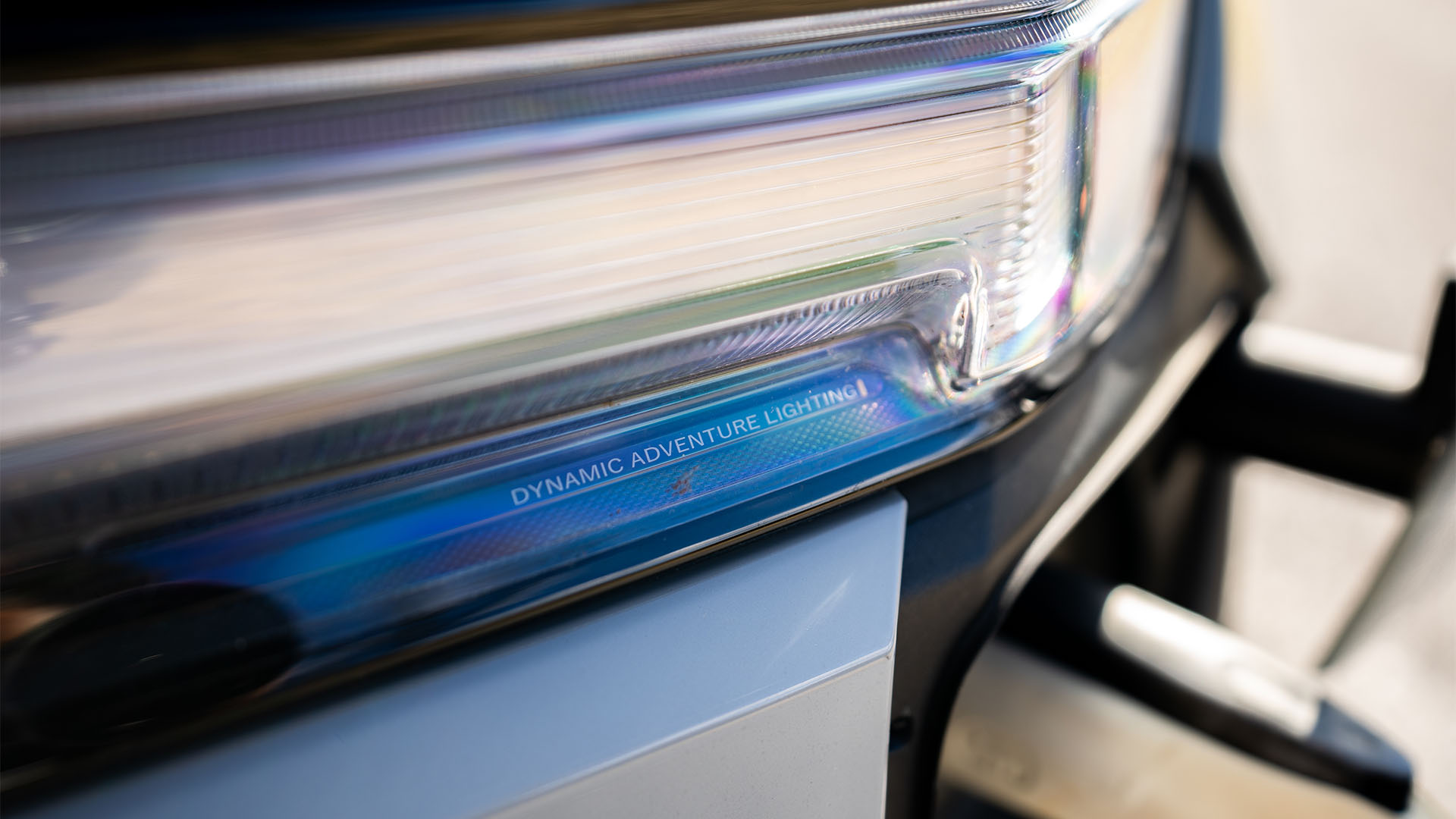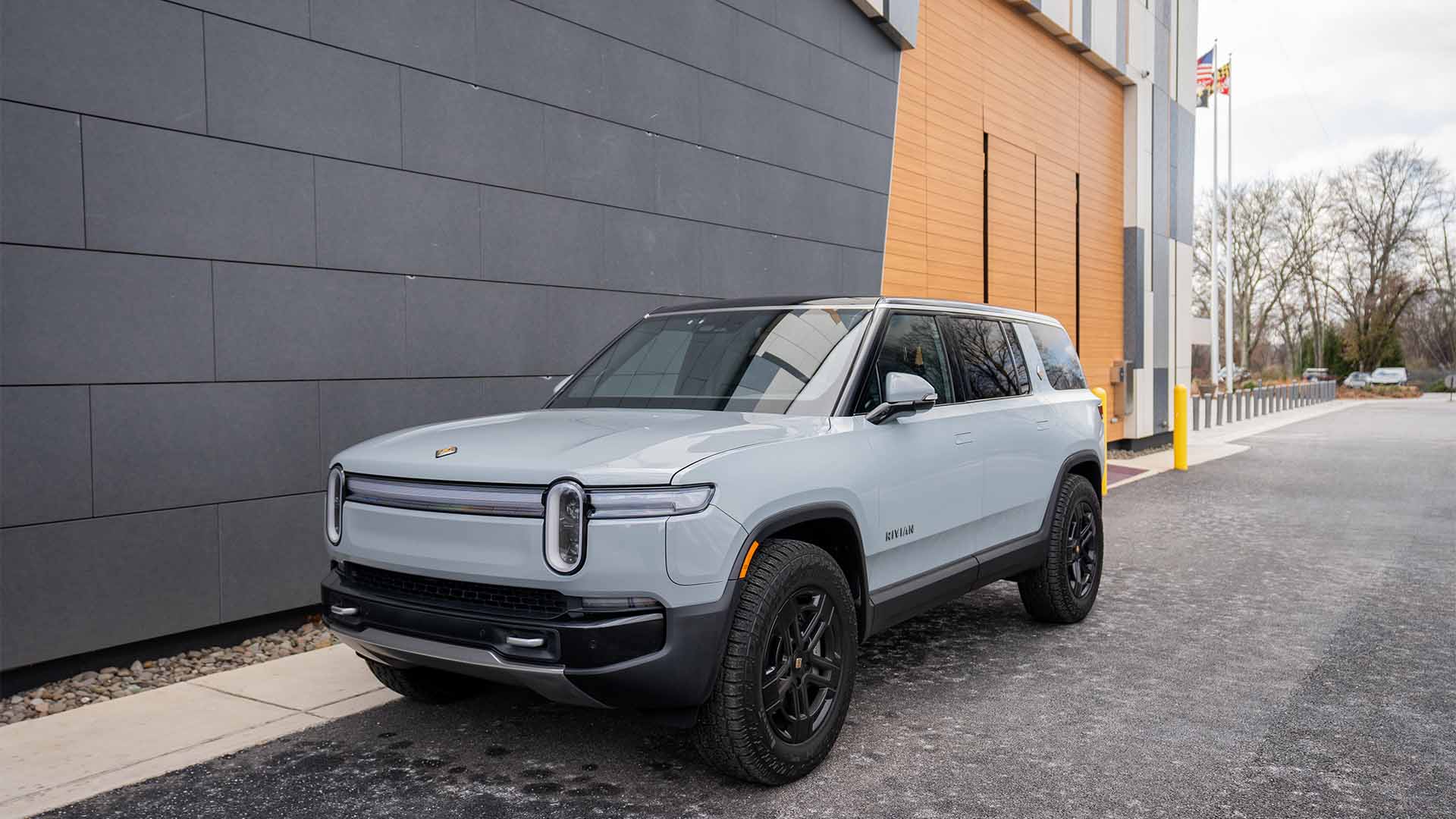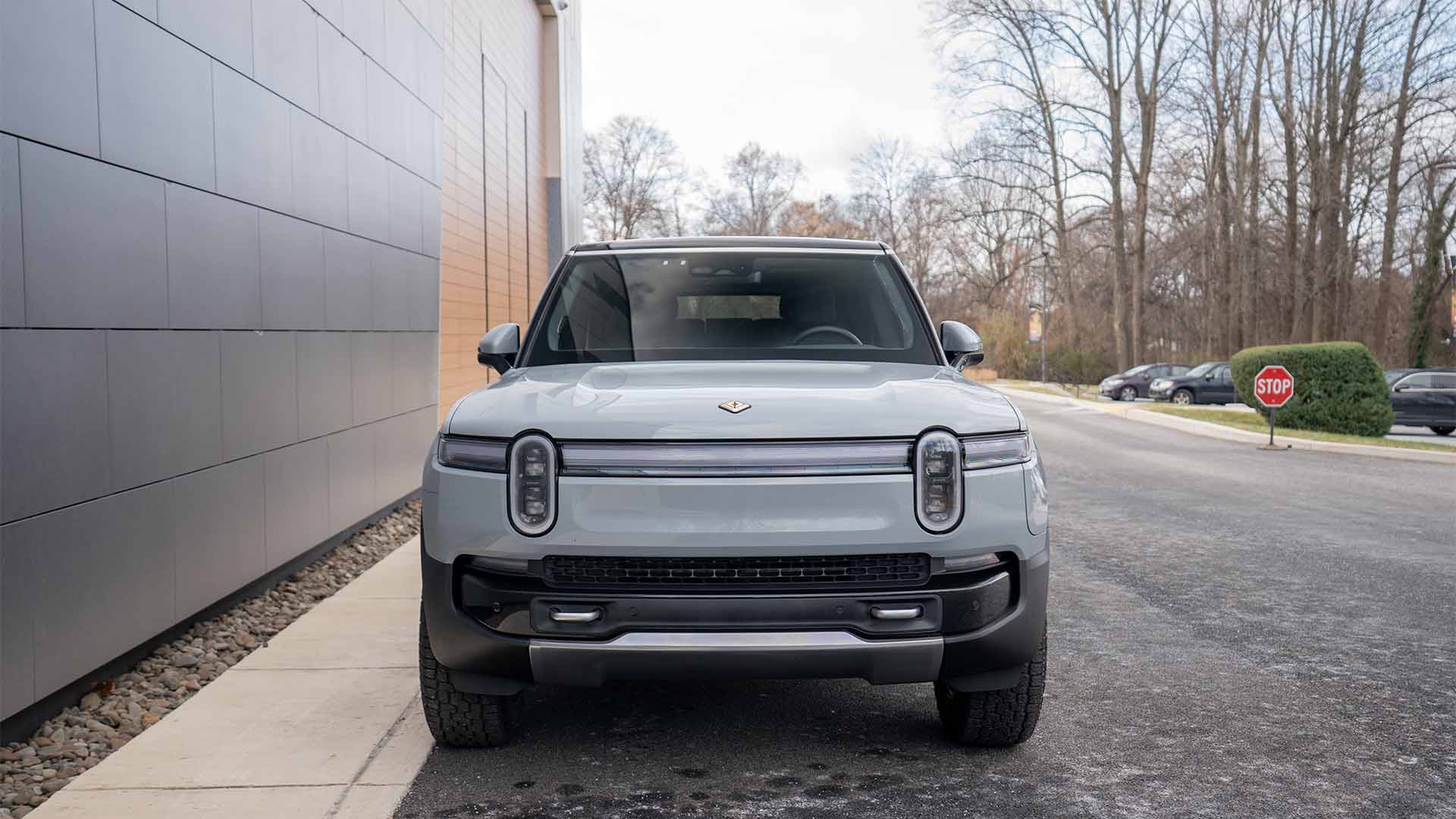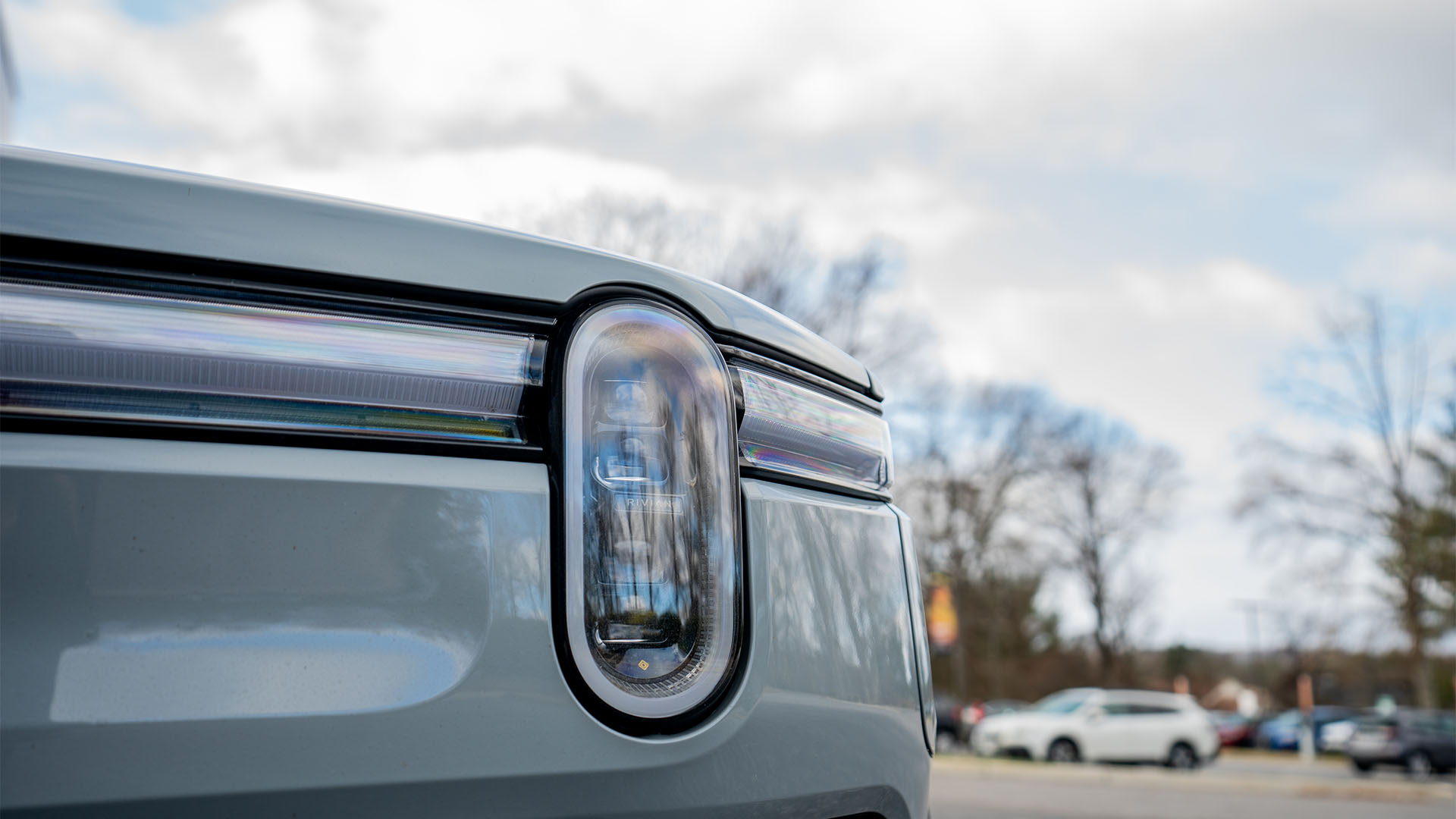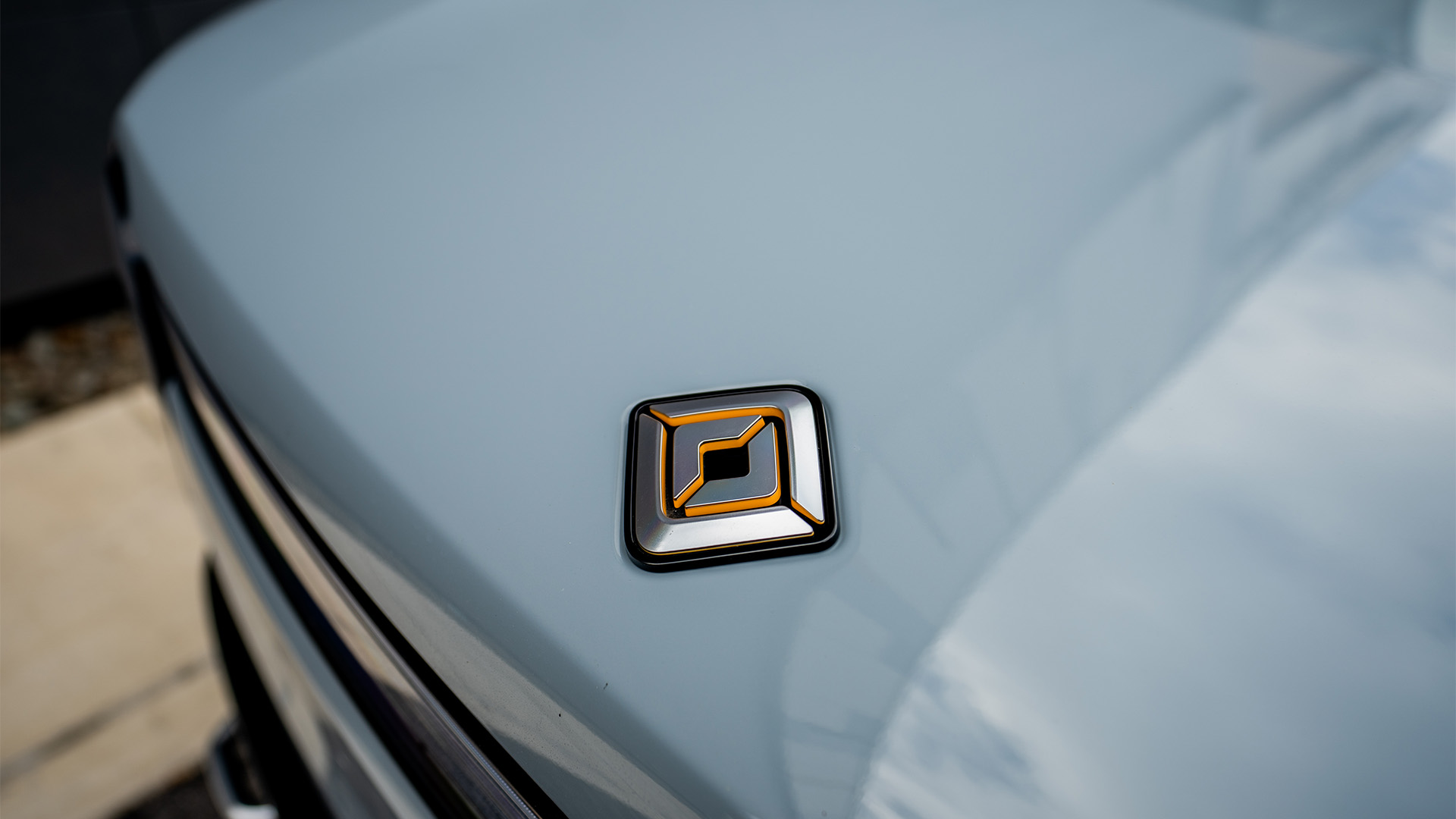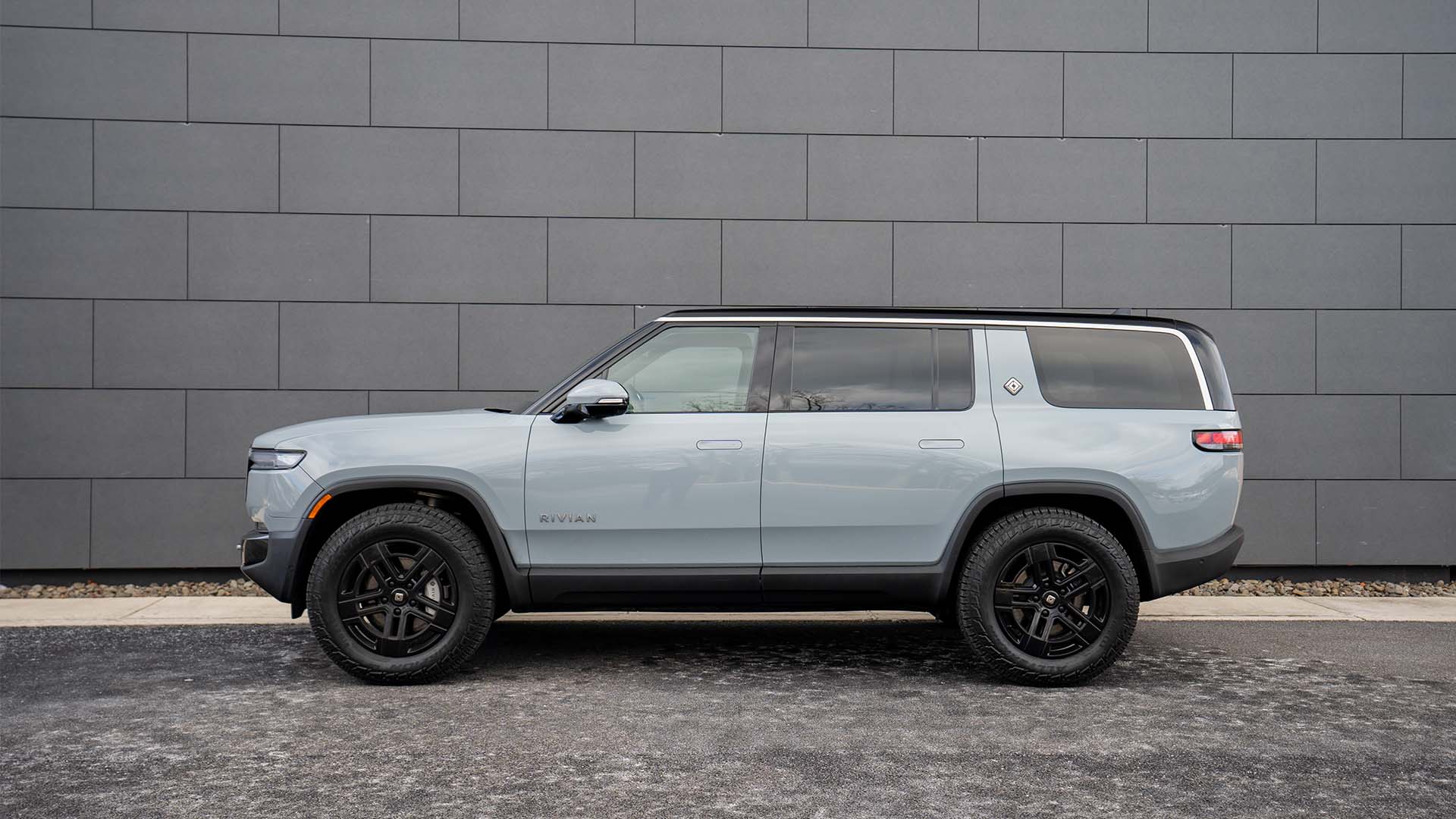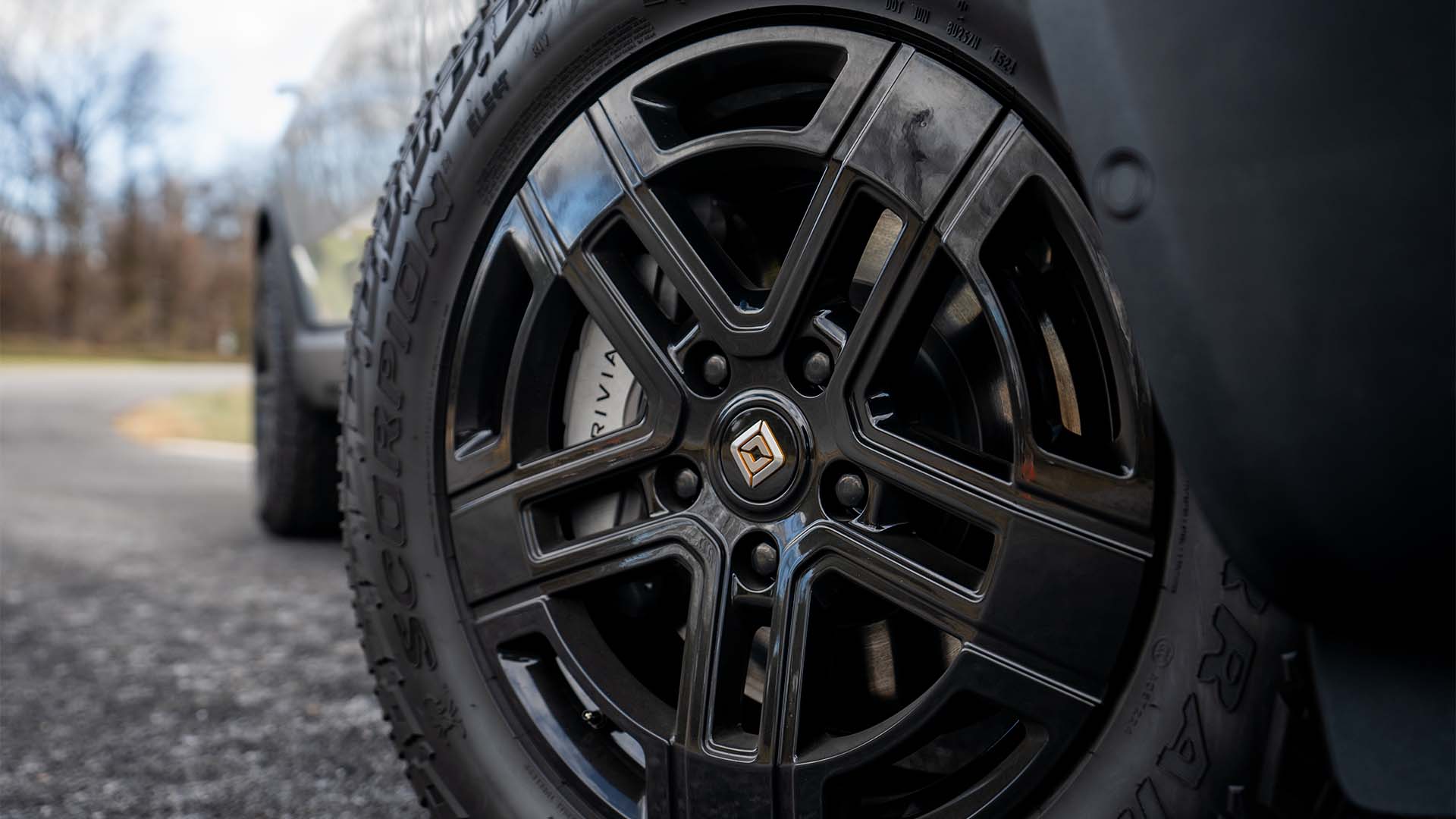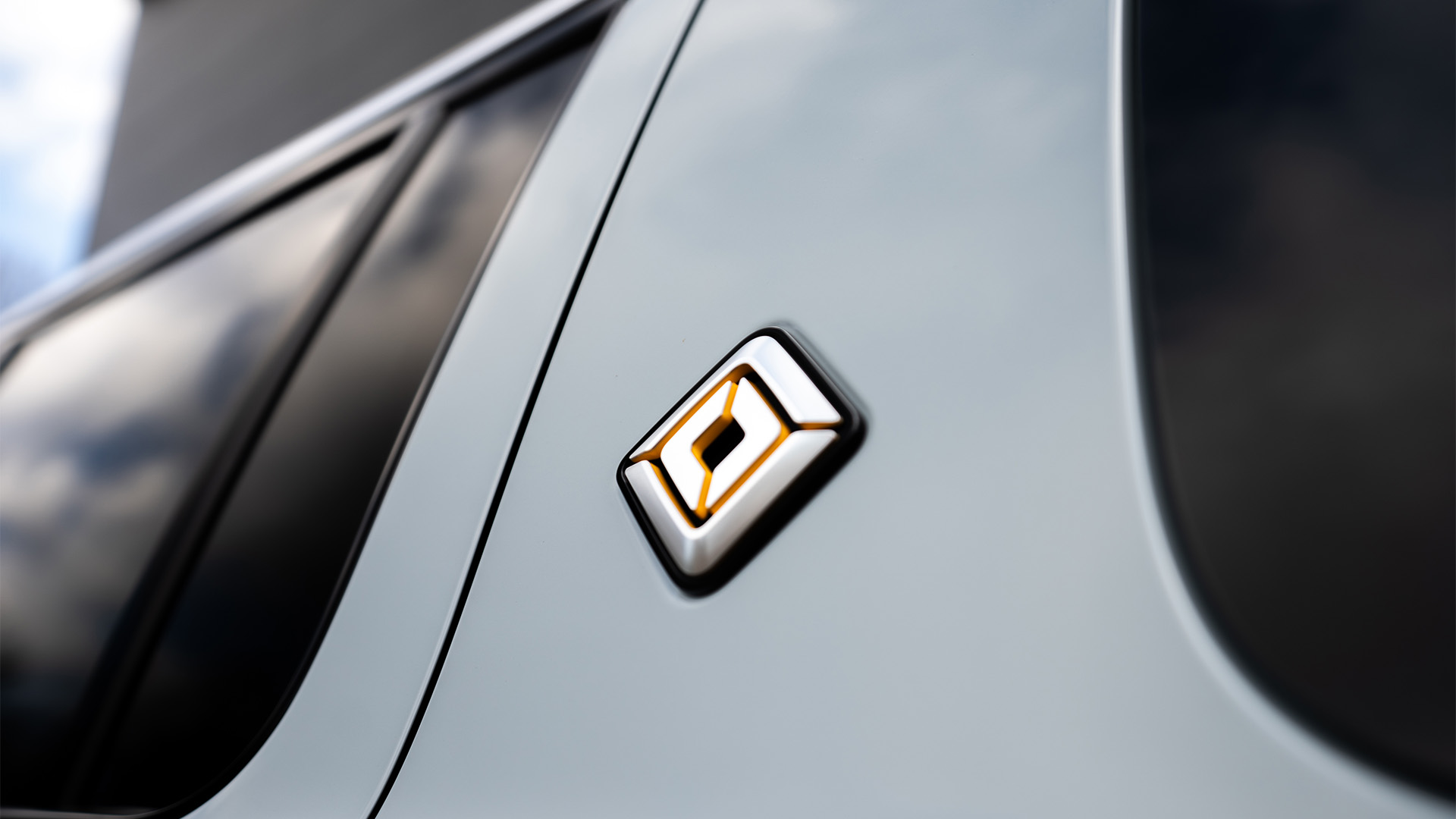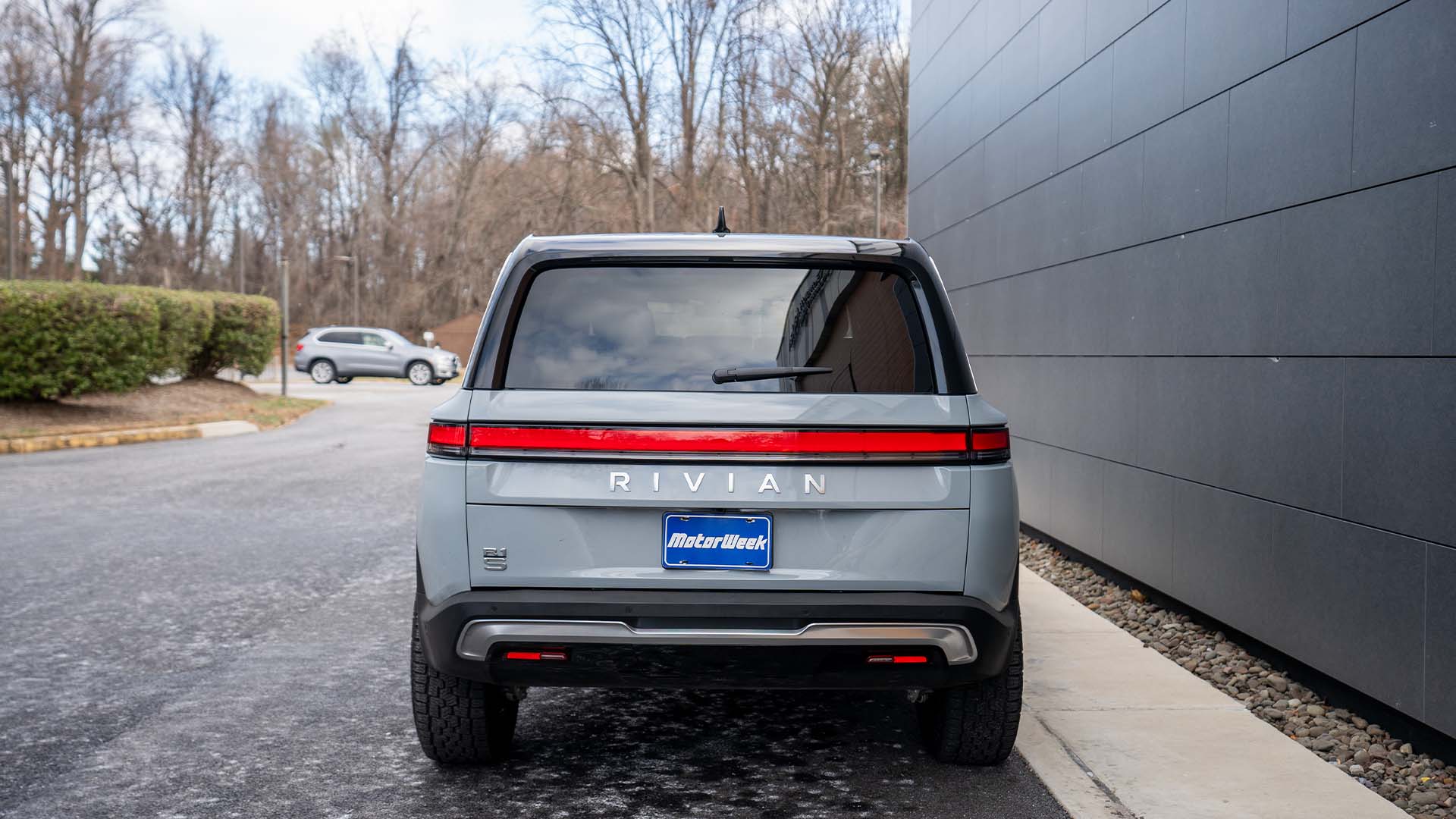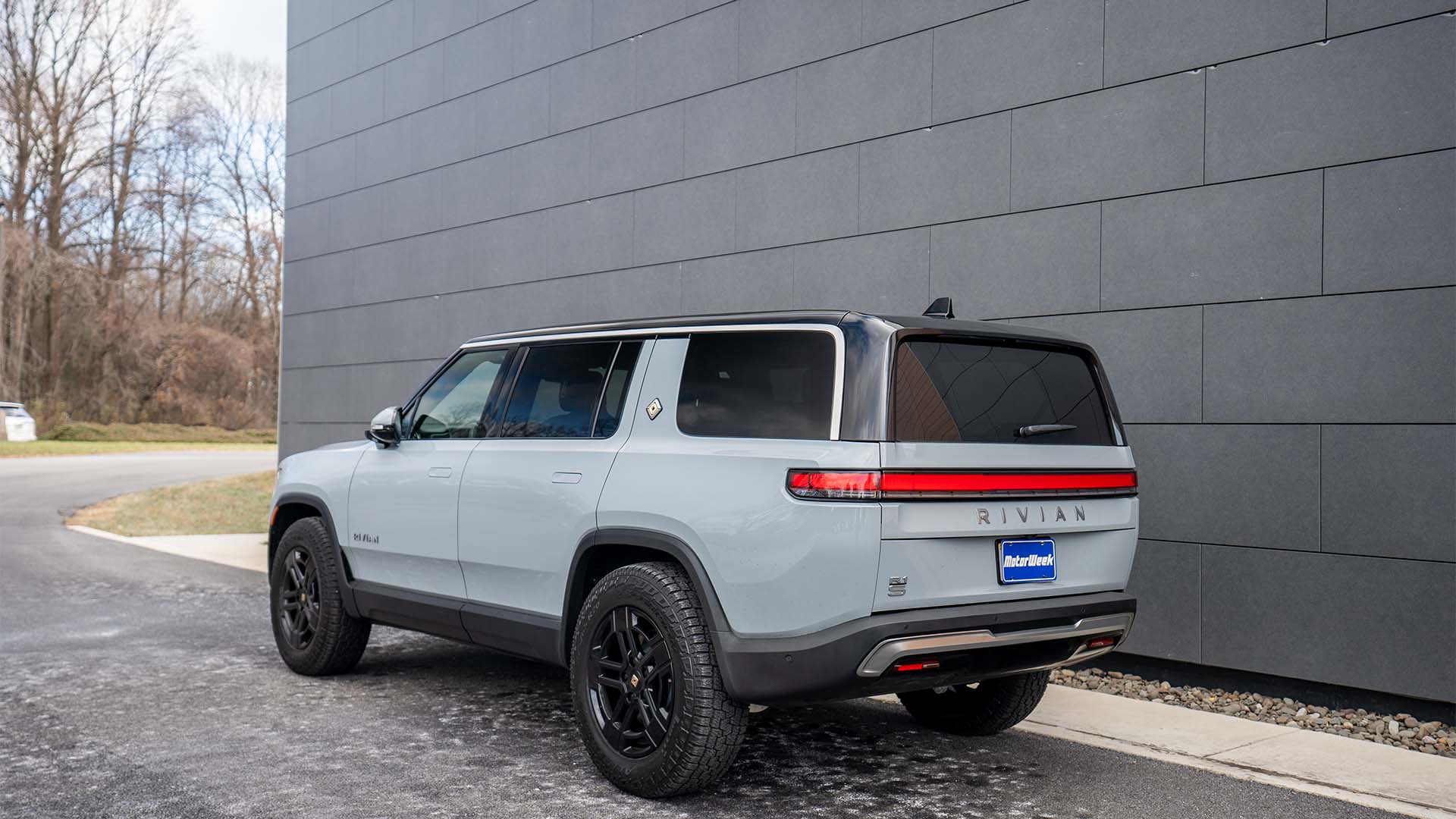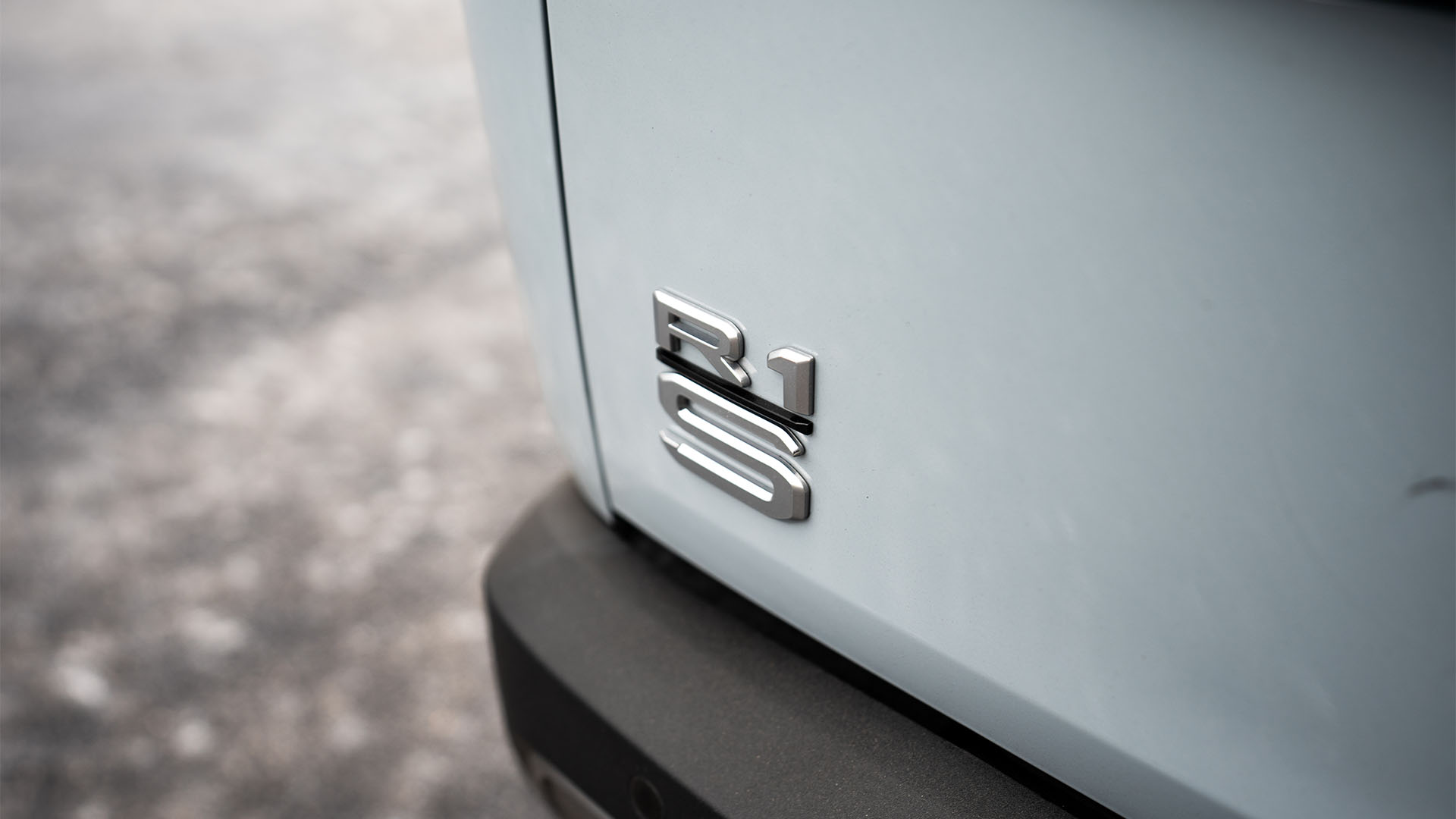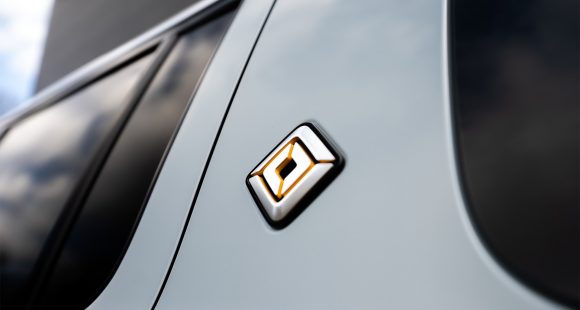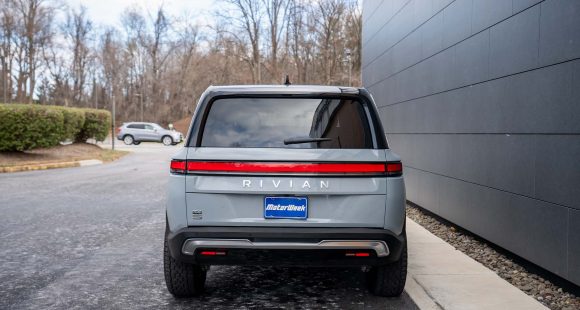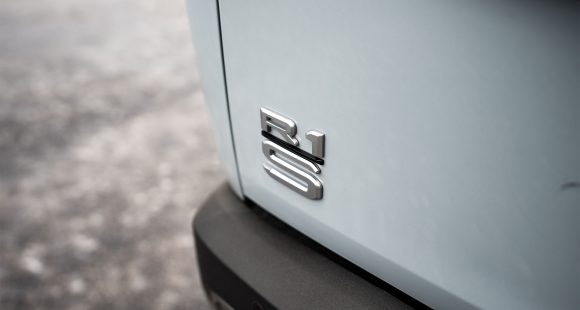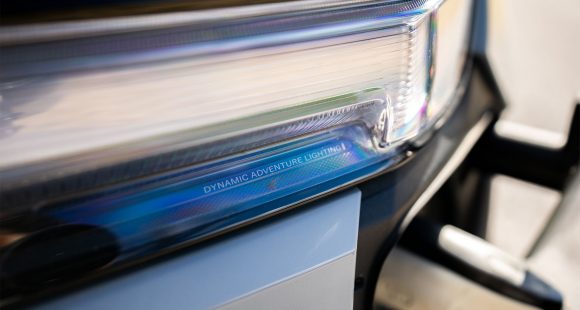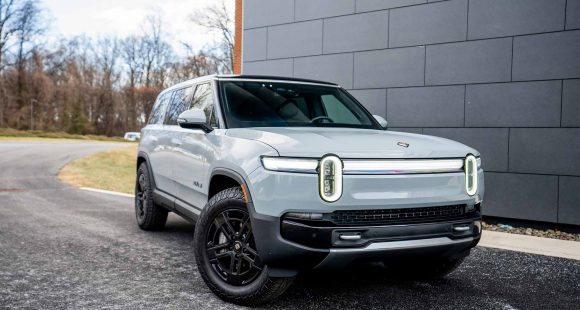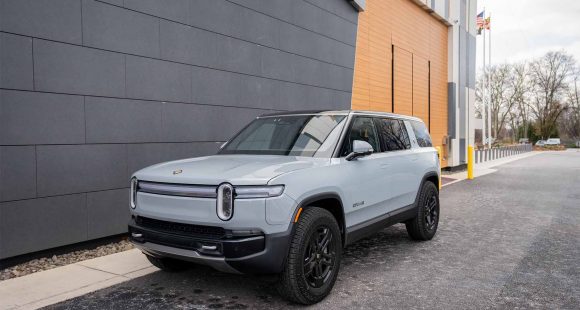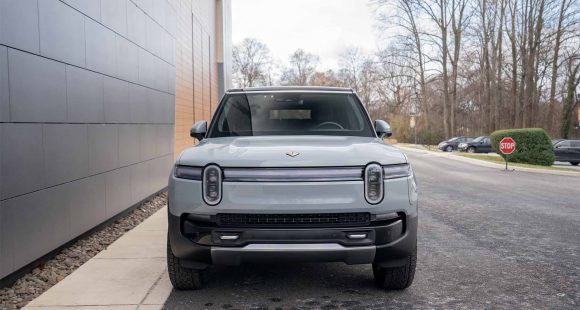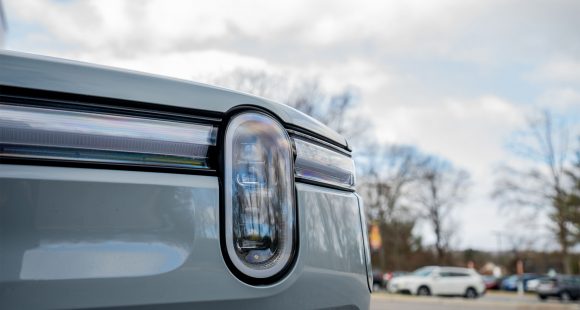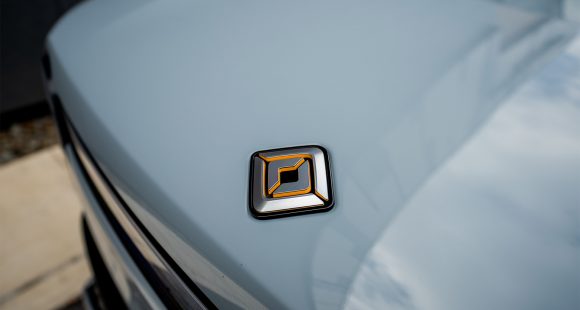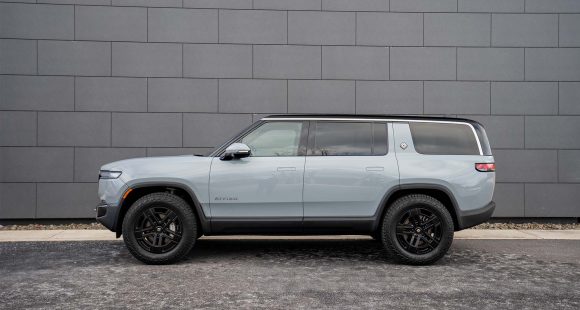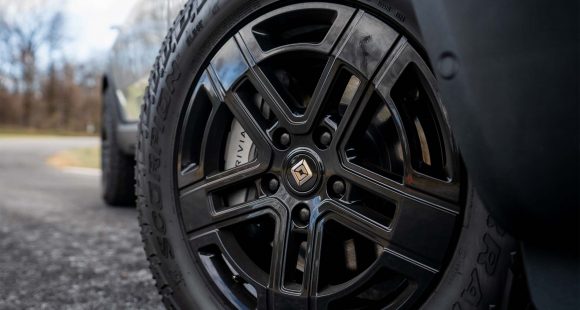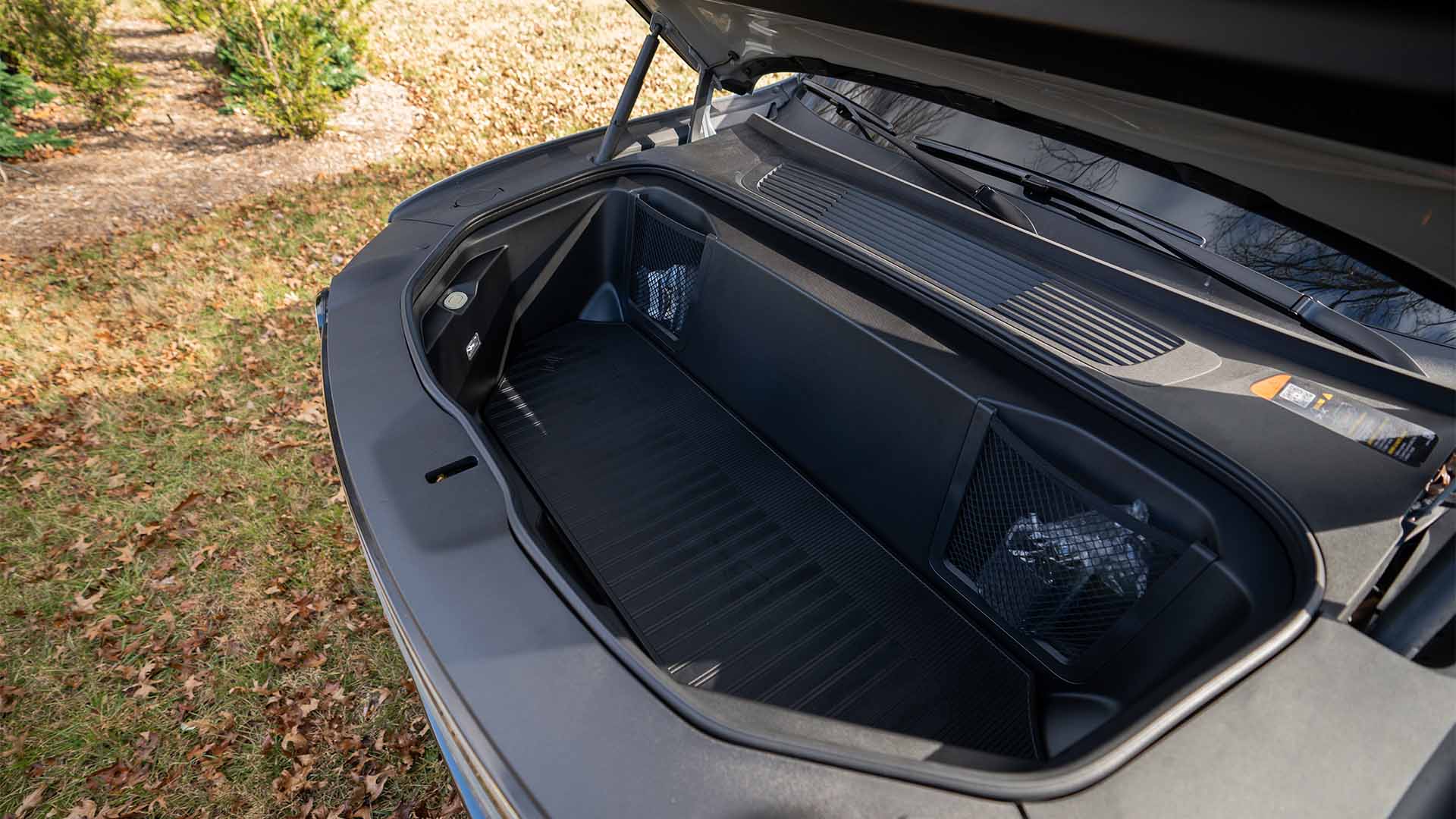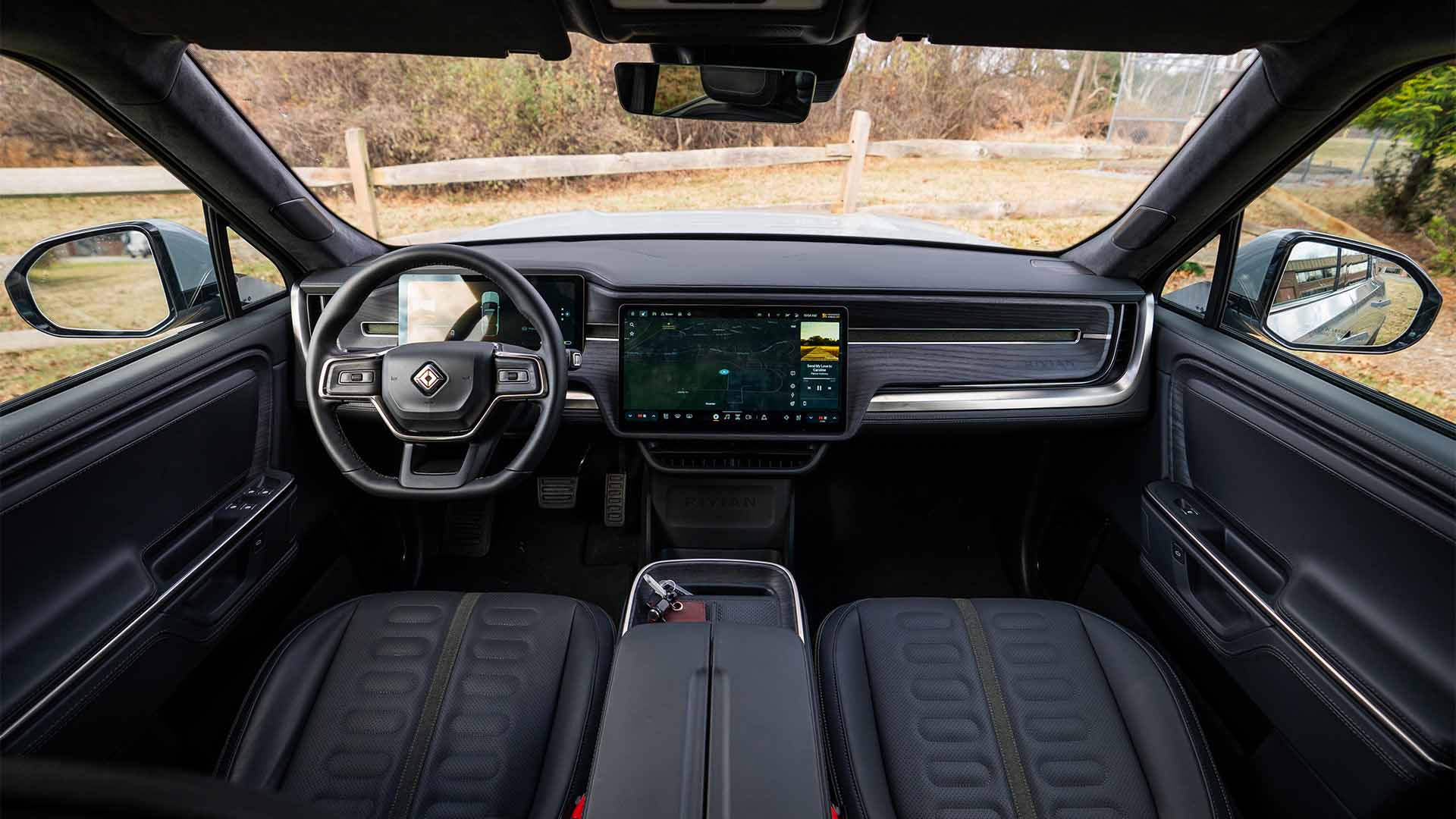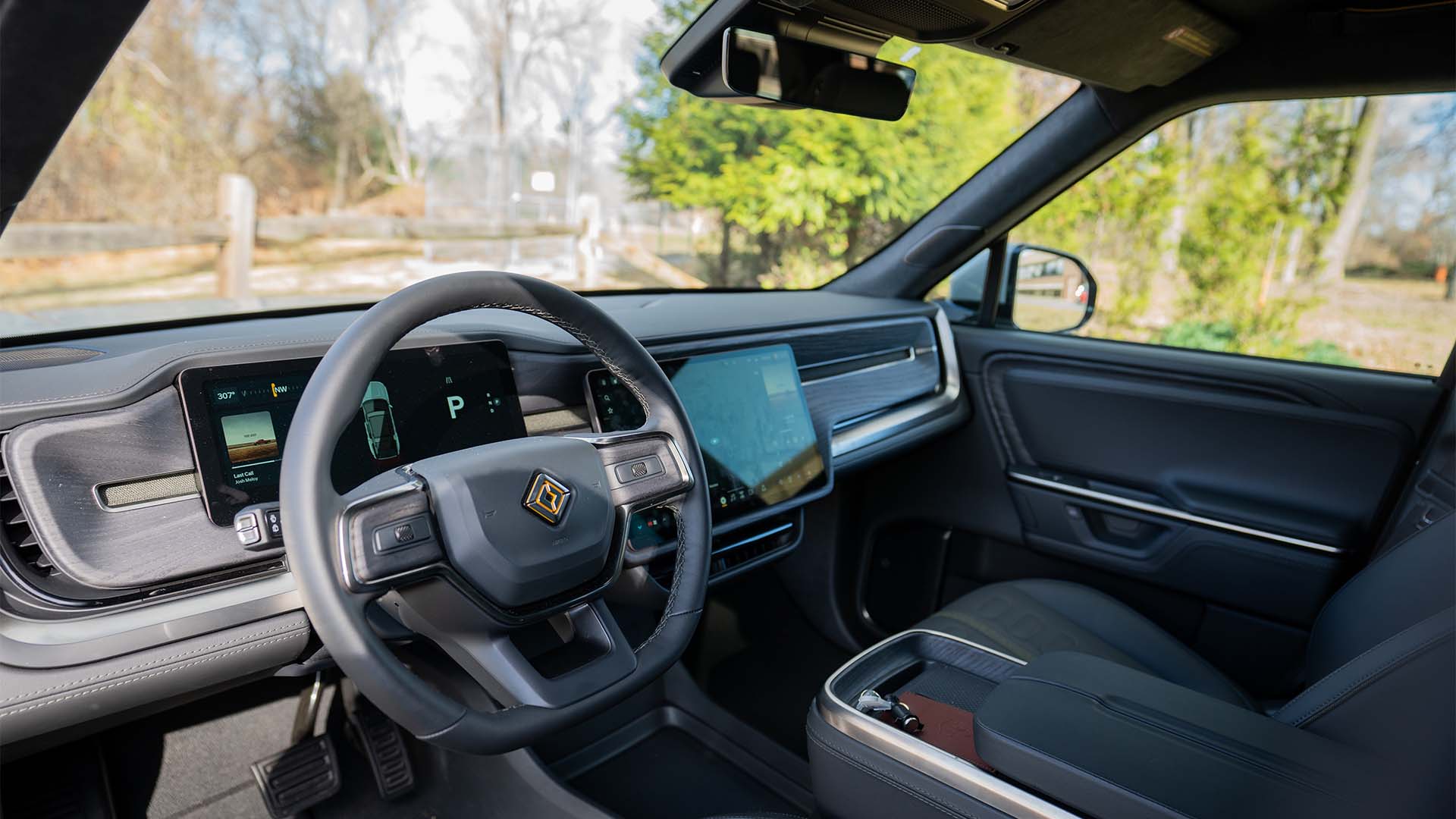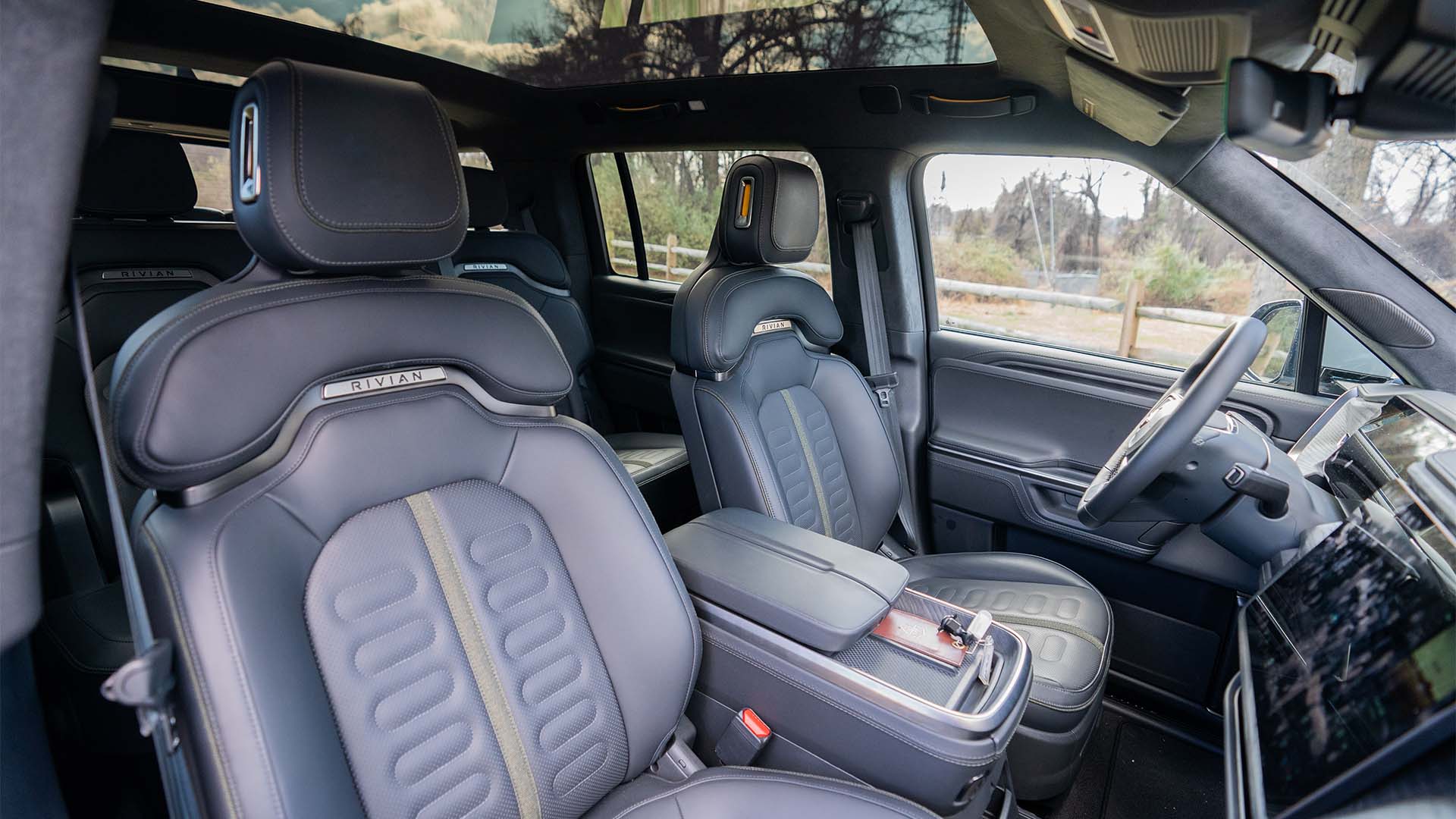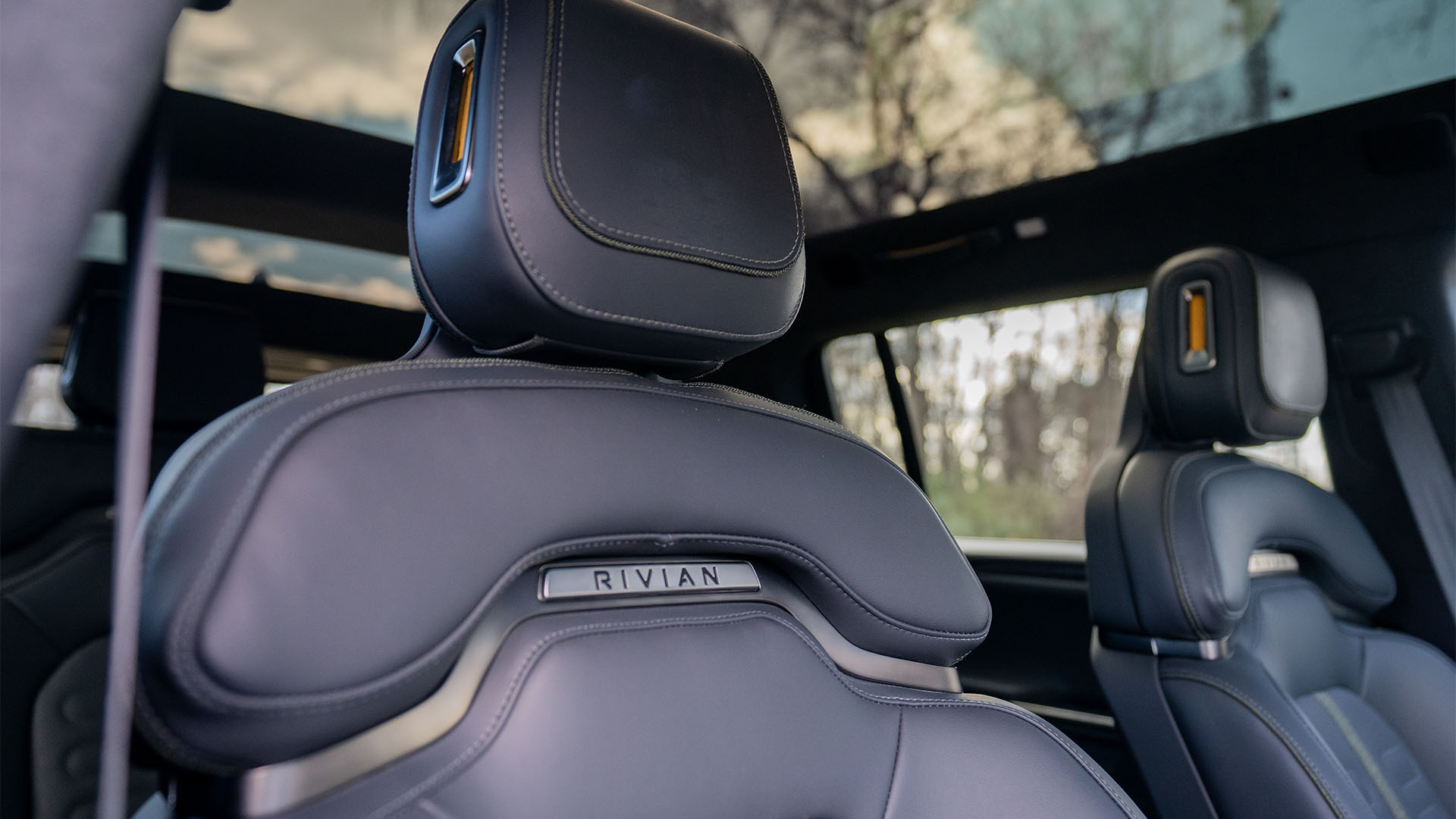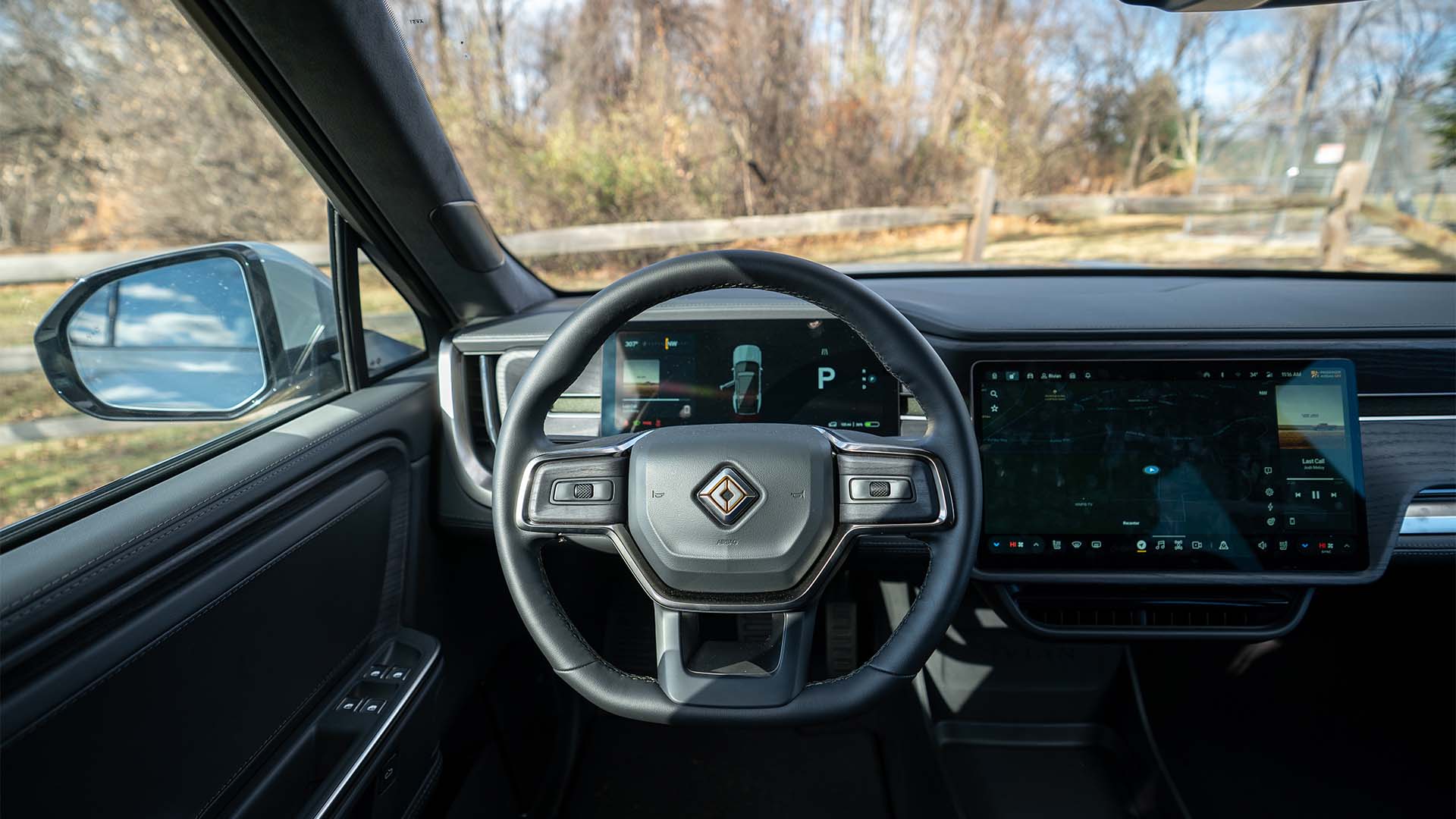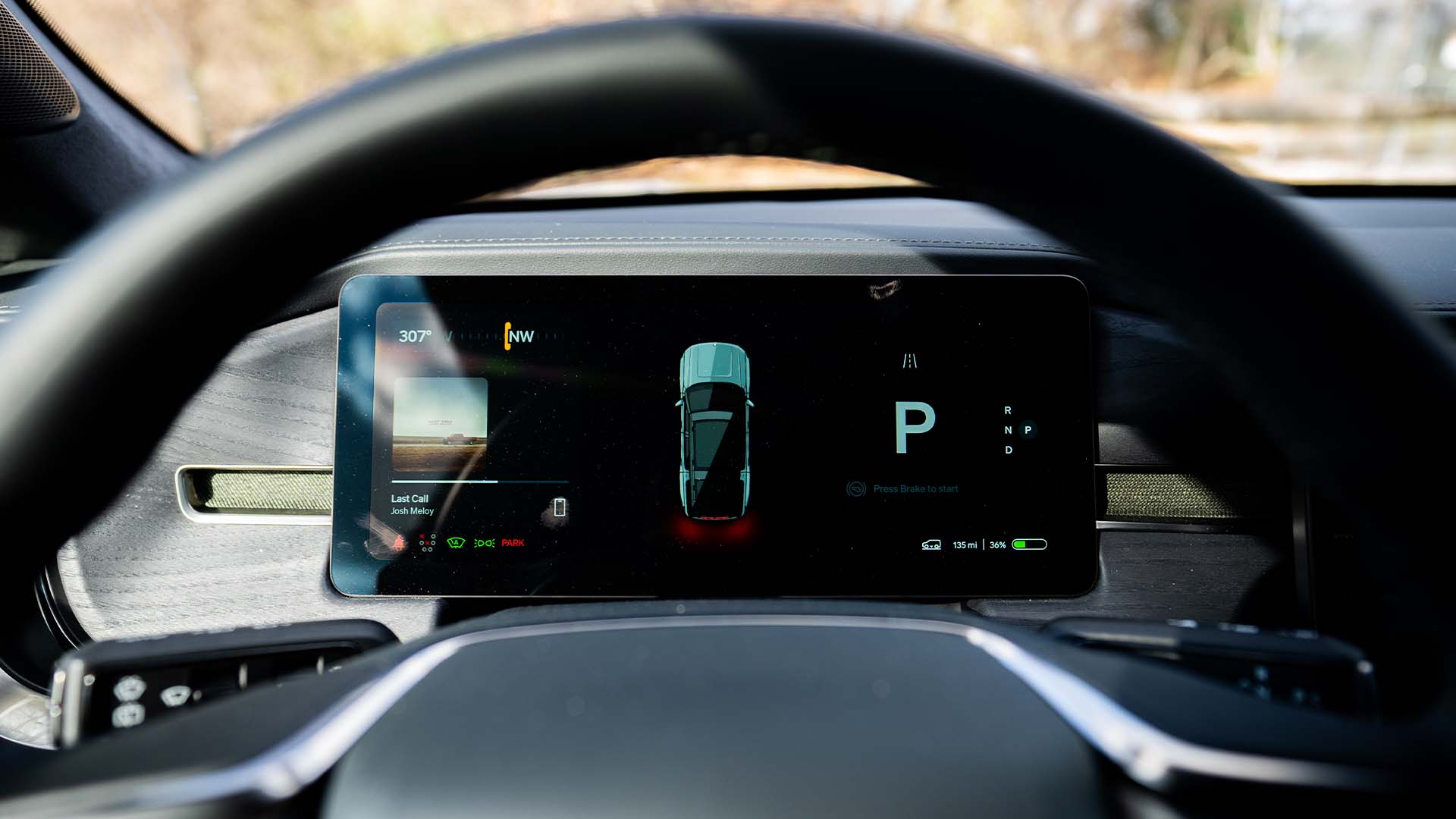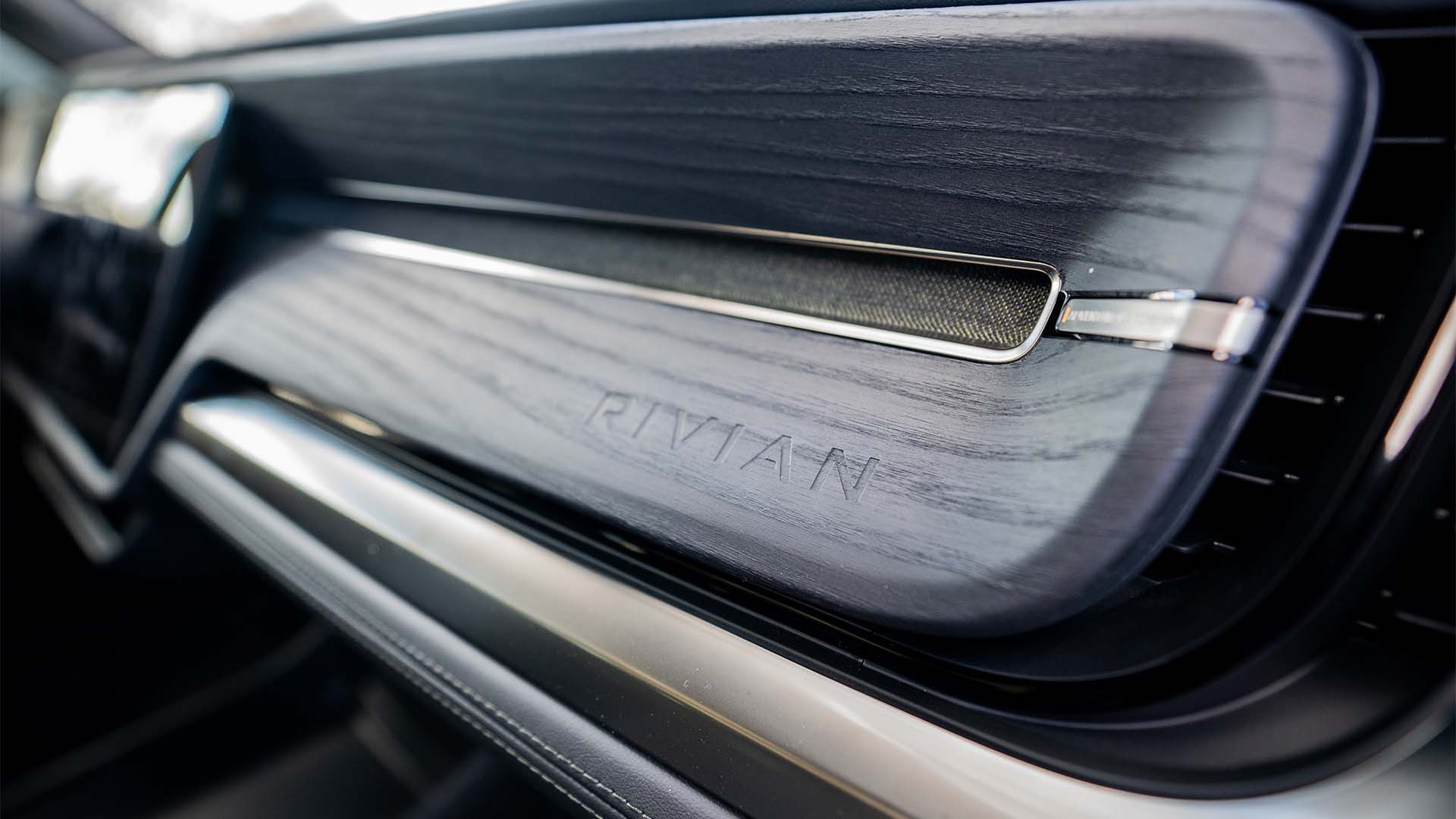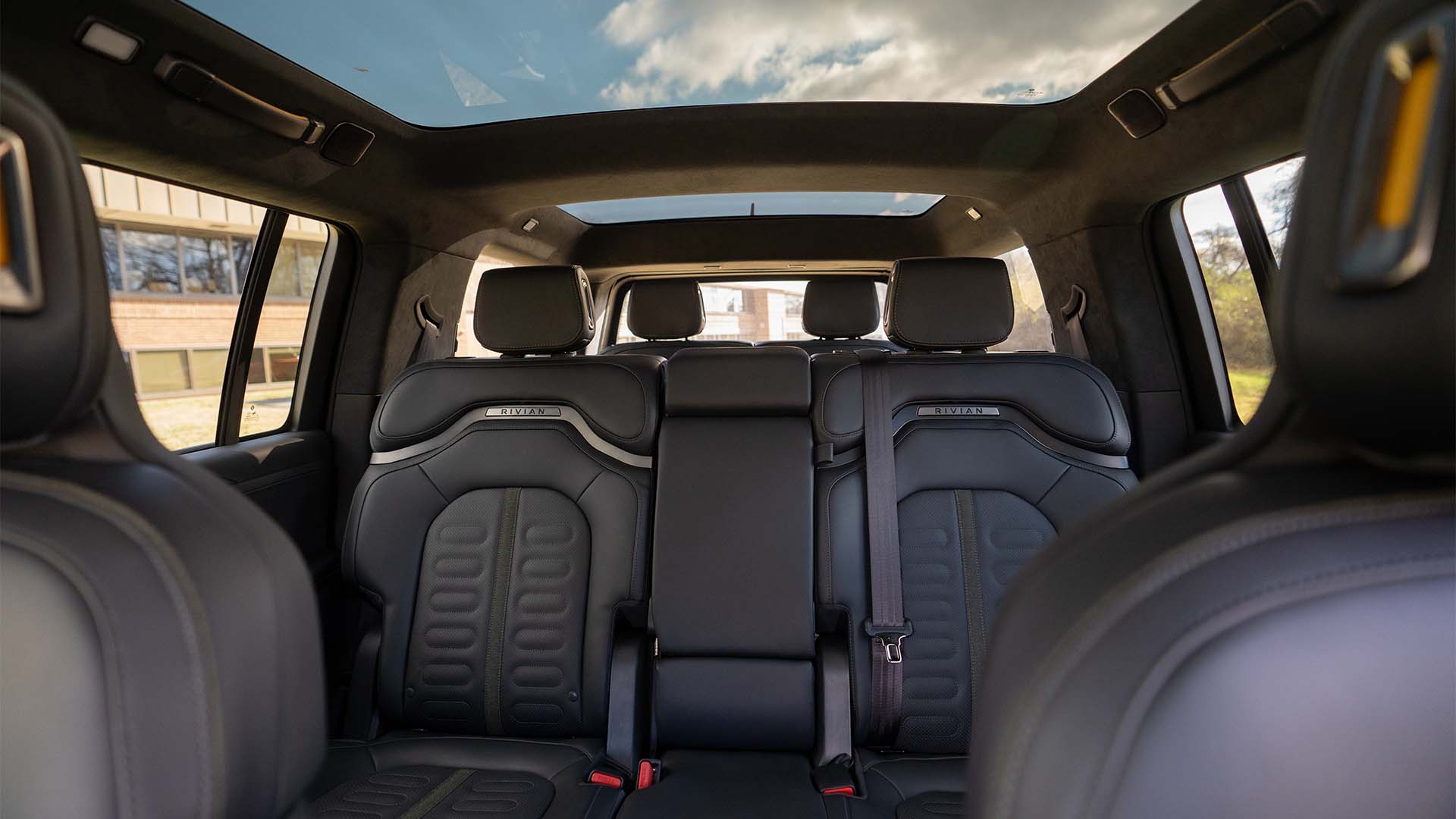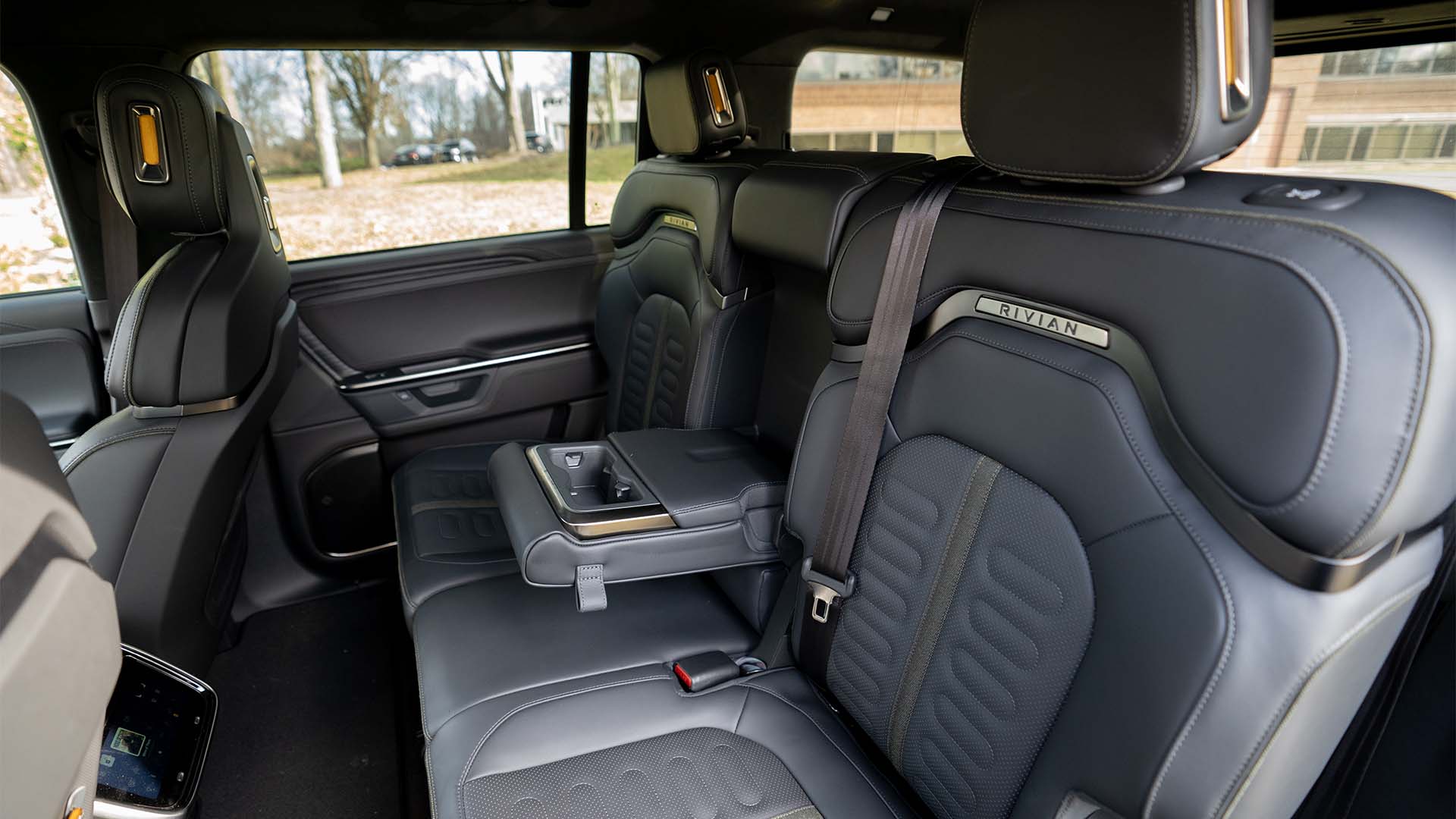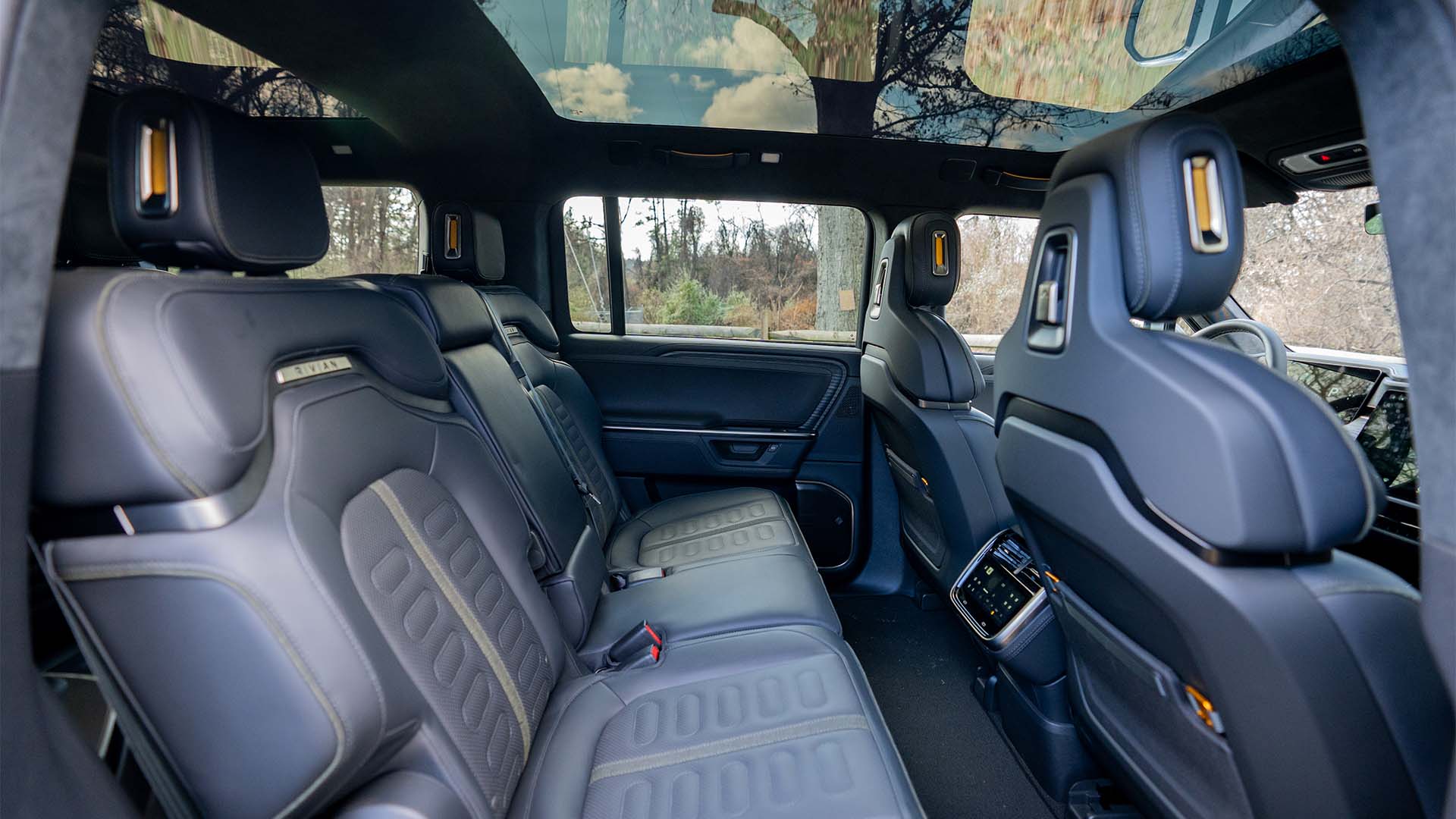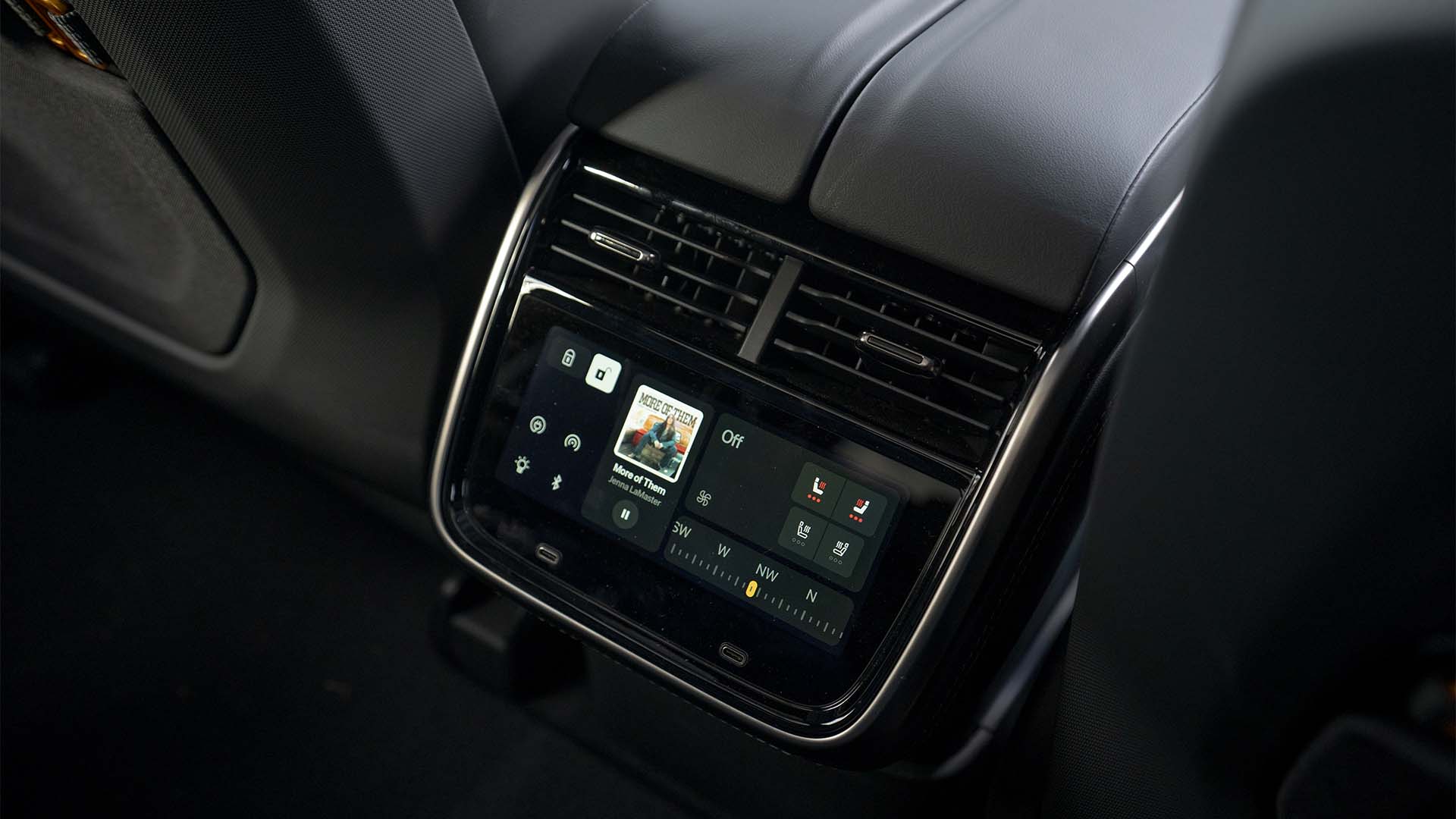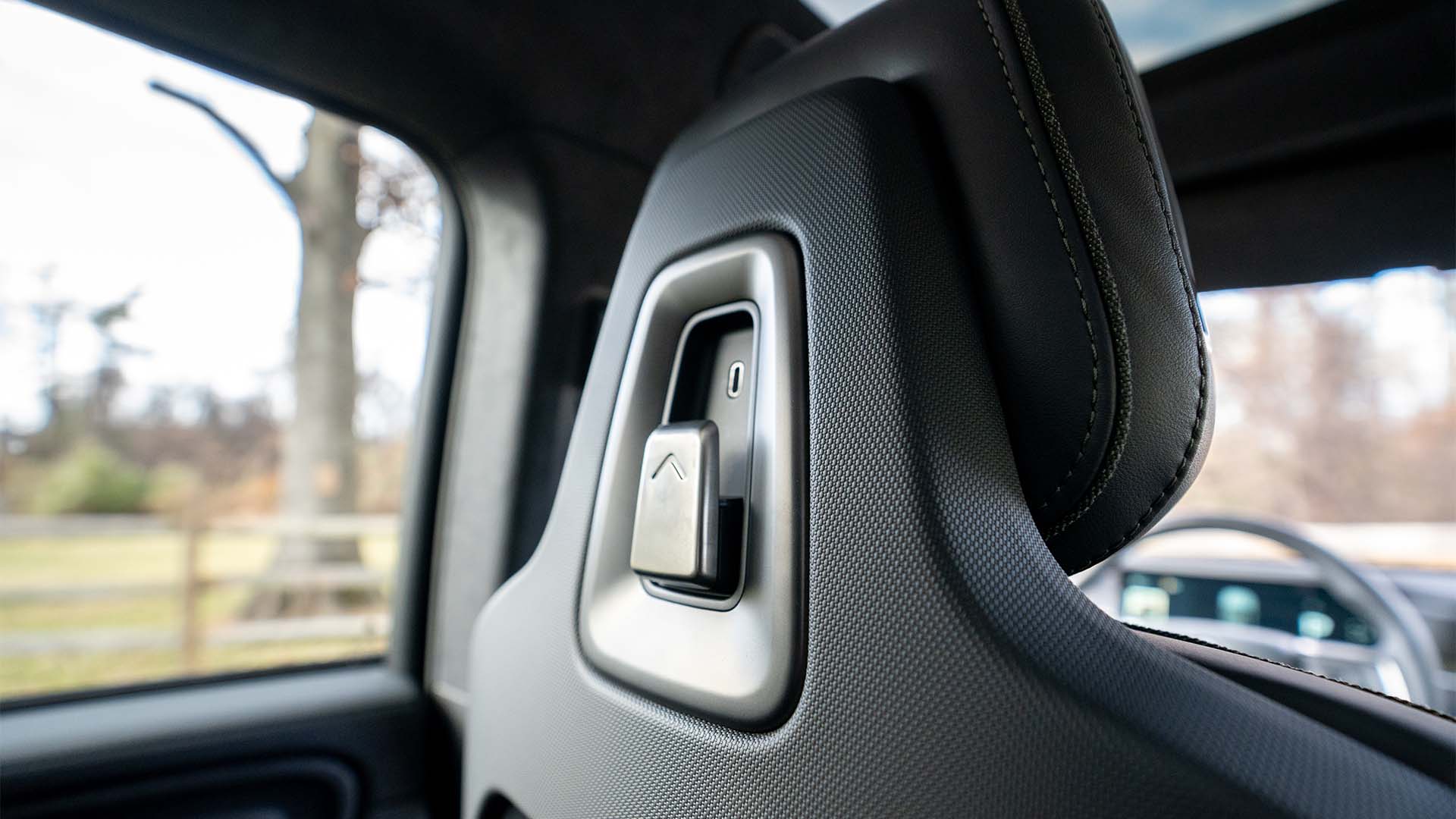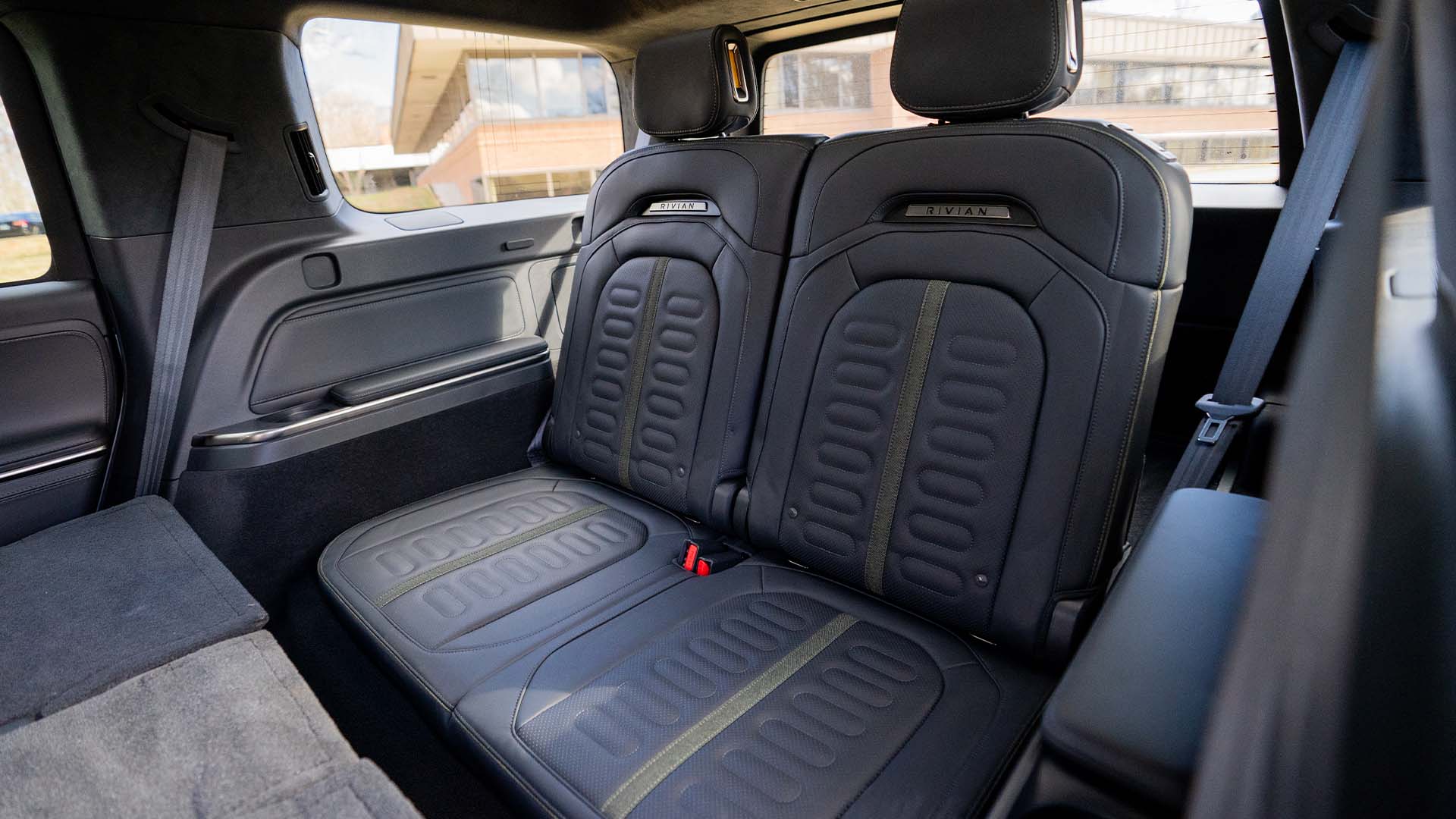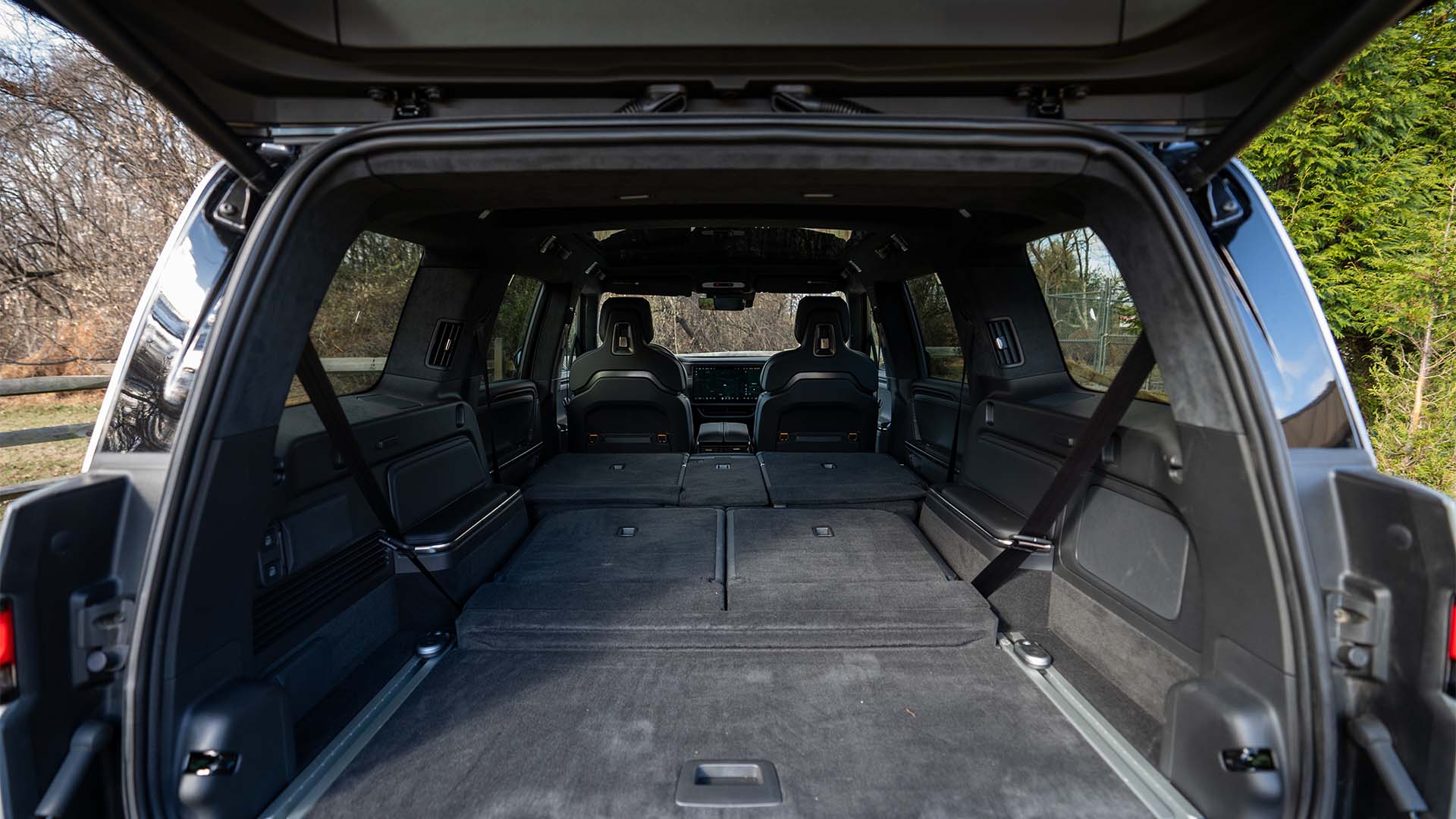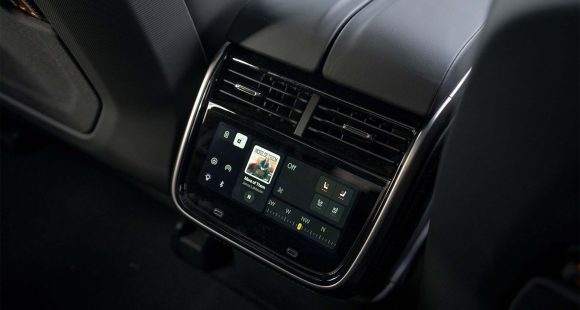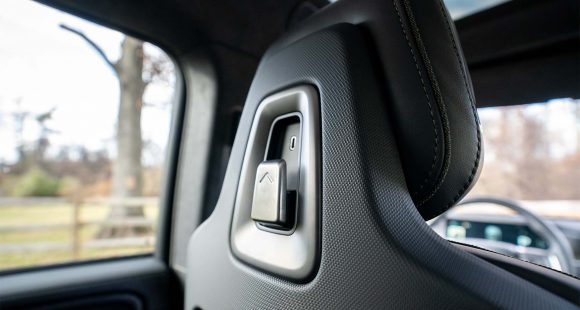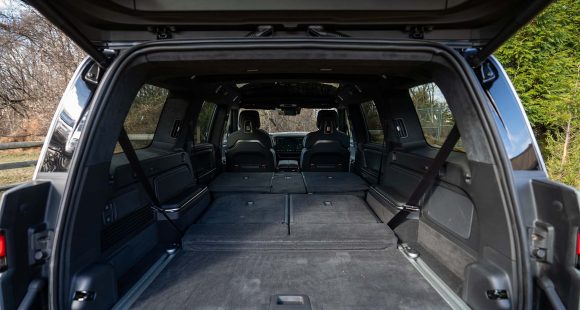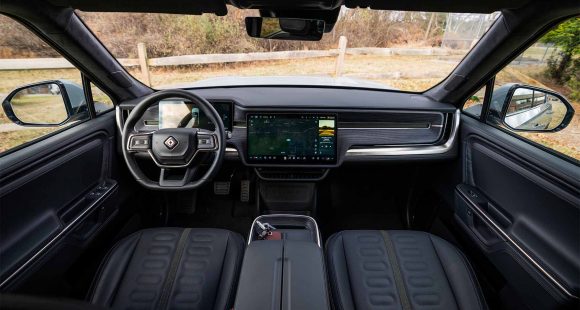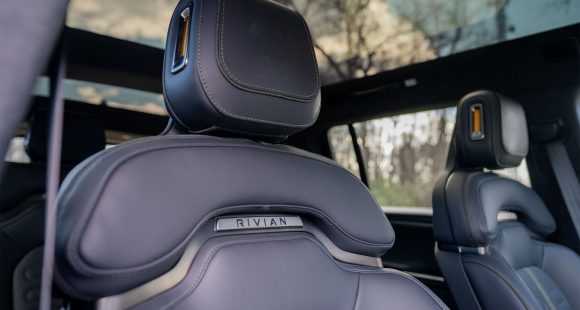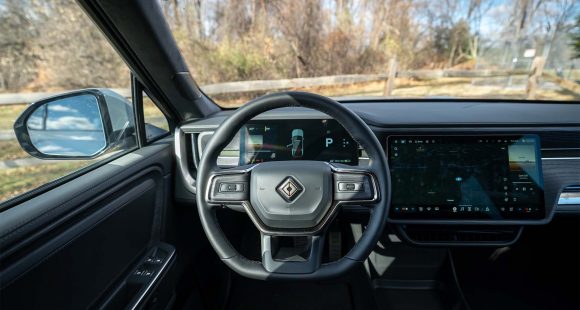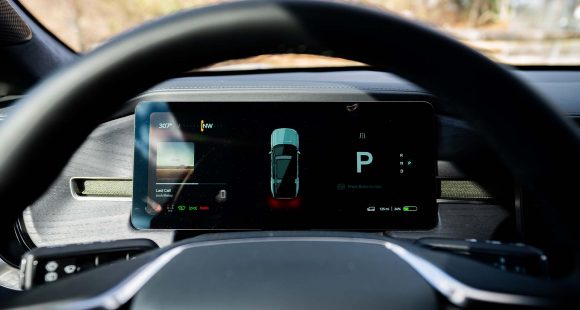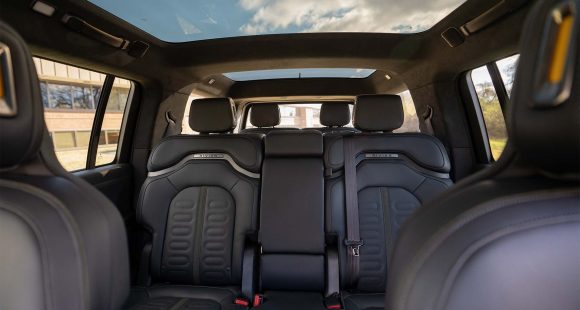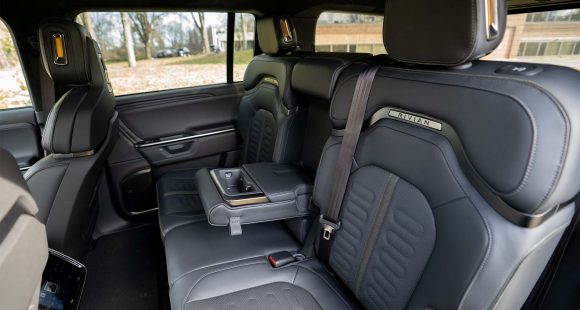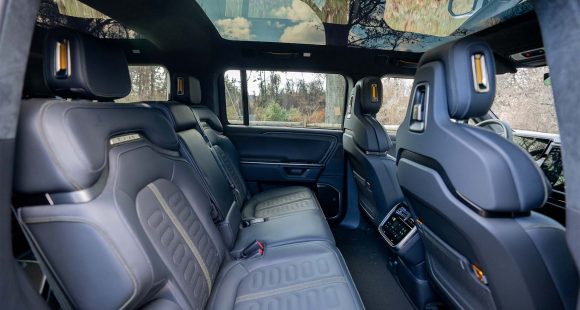2015 Lexus NX
Another episode of MotorWeek, another new compact crossover to check out. Or so it seems of late. But wait, this one is also luxurious! Sorry for the cynicism, but with all the downsized, fancied up crossovers we’ve driven lately it’s a bit like our road test playlist is stuck on repeat. But, we haven’t heard from one of the kingpins of affordable luxury yet: Lexus. That in until now with their all-new NX.
The 2015 Lexus NX is just the latest in a shifting crossover landscape to smaller luxury-minded utes. It’s hard to say whether it’s the search for additional fuel economy or the realization that maybe we don’t need so much space after all that’s powering the shift; but Americans are buying into smaller utilities of all types in larger numbers.
And while the benefits are obvious, so are the compromises, as there’s less area to spread out, as well as less space for cargo.
Most interior measurements of the NX are very similar to the Toyota Rav4 on which the NX shares basic underpinnings. Except for cargo space which due mostly to a faster roof is much less, at 17.7 cubic-ft. behind the rear seats and 54.6 with them folded.
 While unmistakably Lexus, the NX design is another clear step in the brands attempt to trade a soft image for a more dynamic one. Indeed, when you step inside things are much more “sporty” than over the top luxurious. Even the seats are sport-minded, yet still very comfortable. And the tight space with wide center console also implies sportswear more than business casual.
While unmistakably Lexus, the NX design is another clear step in the brands attempt to trade a soft image for a more dynamic one. Indeed, when you step inside things are much more “sporty” than over the top luxurious. Even the seats are sport-minded, yet still very comfortable. And the tight space with wide center console also implies sportswear more than business casual.
Rear seats however, feel more generous; and more in-line with what you expect in a luxury-minded crossover. And you can take it further still if you go the F SPORT route, which instead of the usual cow and tree materials, things go black and metallic.
Front seats are even more aggressive, and the LFA-inspired gauges, with boost gauge and G-meter, set the tone when you trigger the start button. There are aluminum pedals for your feet, a unique steering wheel with paddle shifters for your hands, and for your ears, Active Sound Control that lets you dial in as much engine sounds as you want.
Those sounds come from the first turbo engine ever in a Lexus. It’s a 2.0-liter unit with an integrated intercooler and exhaust manifold, and a twin-scroll turbocharger. Output is 235-horsepower and 258 lb-ft. of torque.
 It’s a sweet engine. Both smooth running and quiet when you want it to be; powerful and aggressive when you don’t. And it works very well with the standard 6-speed automatic transmission.Lexus claims a 0-60 time of 7.0-seconds.
It’s a sweet engine. Both smooth running and quiet when you want it to be; powerful and aggressive when you don’t. And it works very well with the standard 6-speed automatic transmission.Lexus claims a 0-60 time of 7.0-seconds.
In addition, there’s also a hybrid NX 300h. It uses a re-tuned version of the Camry’s 2.5-liter I4 gas-electric system with total output of 194-horsepower. And like the Highlander, all-wheel-drive is available with the addition of a motor generator mounted in the stern that drives the rear wheels.
Government Fuel Economy Ratings are yet to be finalized, but Lexus claims 21-City, 28-Highway, and 24-Combined for an all-wheel-drive 200t; and 35-City, 31-Highway, and 33-Combined for a front-wheel-drive 300h.
For our early drive time around Whistler, British Columbia we naturally chose the athletic F Sport and were not disappointed. Handling is great, nothing at all like the rolling couch-like manner of the RX. Handling is aided by the front axle’s “pre-load” differential.
But as much as we were enjoying the nimbleness, the rougher ride that accompanies it is a bit much for most buyers in this segment. The ultra-antagonistic look might also be a turn off, but the more time our eyes spent with it, the more they liked what they were taking in. Sharp angles are without a doubt the theme; and L.E.D.s are used for lighting both front and rear. Here again, F Sport brings even more to the table with a mesh grille, black side mirrors, and exclusive 18-inch wheels.
 Pricing hasn’t been finalized as of yet, but we think a mid-$30,000 start would be just about right, based on other recent compact luxury entries.
Pricing hasn’t been finalized as of yet, but we think a mid-$30,000 start would be just about right, based on other recent compact luxury entries.
One thing is certain. Lexus knows how to do plush, luxury crossovers well; evidenced by over 1-million RX sales. And while there is certainly a demand for a smaller version of the RX; the 2015 NX is not that at all.
In its continuing effort to replace some of the brand’s traditional opulence with excitement, Lexus has created a very dynamic looking and performing compact luxury crossover. And it looks like from here on out, instead of wondering whether they’ve gone far enough, people will be debating whether this time Lexus has gone too far.
Specifications
- Engine: 2.0 liter
- Horsepower: 235
- Torque: 258 lb-ft.
- 0-60 mph: 7.0 seconds
- EPA: 21 mpg city/ 28 mpg highway
2025 Rivian R1S
Major Reboot for Rivian R1S
With just about every mainstream carmaker now onboard with battery-electric vehicles, EV-only brands are hoping there are still plenty of people out there willing to think outside the box. So, let’s see if Rivians latest R1S utility can make the case for taking the EV road less traveled.
Big changes have happened in the short time since the Rivian R1S first hit the streets three years ago. As for 2025, there are updates that touch just about every aspect of the vehicle. Yes, despite looking almost exactly the same outside, Rivian claims that beneath the surface, their entire electrical architecture has been significantly updated, eliminating a whopping mile and a half of wiring and 10 computer assemblies, allowing for more efficient operation.
But look closely and you will see their signature vertical oval headlights are updated with a new matrix of LED lights that can cycle individual elements on and off to provide maximum illumination where you need it without distracting oncoming drivers.
Not much change in the look of the interior either, but the synthetic leather upholstery is still very nicely done, though most touchpoints feel more rugged than luxury minded. With the exception of a couple controls on the steering wheel, you do still have to do almost everything on the R1S’s 15.6-inch touchscreen, but the user interface has been improved. So, while we do wish they could have reverse-engineered a knob or two into the mix, we realize full touchscreen interface is just what people expect in their high-end EVs these days, and at least it works better than before. And the gauge display still wows you with the amount of information it displays and is mounted high enough that no additional head-up display is needed. A new Rivian Autonomy Platform uses 11 cameras, five radars and A.I. for self-driving, or just to monitor what’s going on around the vehicle even when it’s parked.
This [EV] really feels fast, sitting you up high and throwing you back in your seat with authority.
Rivian has also given the R1S a substantial suspension revision with new spring rates, bushings, and mounts; along with new tuning for the adaptive dampers and roll-mitigation system. It does provide a more balanced street attitude, but it still rides like a truck. That’s great if that’s the experience you’re looking for; not as ideal if you’re looking for more of the smooth luxury-style treatment.
All R1Ss are all-wheel drive, but there’s a wide variety of powertrain options including a new Tri-Motor setup. Outputs range from the standard Dual-Motor’s 533 horsepower to the Quad-Motor’s impressive 1,025. There are several battery packs as well, delivering as much as 410 miles of range, giving the R1S the highest rating of any SUV on the market right now. Our Adventure trimmed tester featured the 665-horsepower Performance version of the Dual-Motor arrangement, with the Max battery and 20-inch wheels with all-terrain tires.
Theoretically, that setup is rated for 370 miles, but perhaps we were enjoying the “performance” theme too much as our results were well short of that, using 68% of the battery to drive only 189 miles, putting our estimated range around 278 miles. Using 43 kilowatts of electricity for every 100 miles earns the R1S a fair efficiency rating.
But all was forgiven at our Mason Dixon test track when this Rivian started blasting us to 60 in 3.8 seconds. Yes, there are faster EVs, but this one really feels fast, sitting you up high and throwing you back in your seat with authority, while the rear of the truck squats down substantially before hurling you off the line and down the track. Power delivery stayed strong the entire time, cranking away until we cleared the quarter-mile in 10.5 seconds at 108 mph.
Despite this utility’s substantial size and weight, we were able to keep a pretty fast pace through the cones of our handling course. The all-terrain tires obviously didn’t grip the pavement as well as all-seasons would, but the low center of gravity kept things very flat. Yes, it does feel very heavy, but the brakes were more than up to the task, stopping us from 60 mph in a very short 103 feet with surprisingly little nosedive and no fade.
Pricing starts at $77,700 for the Dual-Motor with Standard battery pack; our Dual-Motor Performance with the Max battery and All-Terrain Package came in just over $102,000.
While Rivian has had great initial success; sustaining that success will be a much tougher task. But, if they continue to put as much effort into improving their products as they have here with the 2025 R1S, we think their winning streak will only accelerate.
Specifications
As Tested
- Motor Setup: Dual Motor
- Battery Size: 141.5 kWh
- Horsepower: 665
- Torque: 829 lb-ft
- EPA Range: 370 miles
- 0-60 mph: 3.8 seconds
- 1/4 Mile: 10.5 seconds at 108 mph
- Braking, 60-0 (avg): 103 feet
- MW Test Loop: ~278 miles









